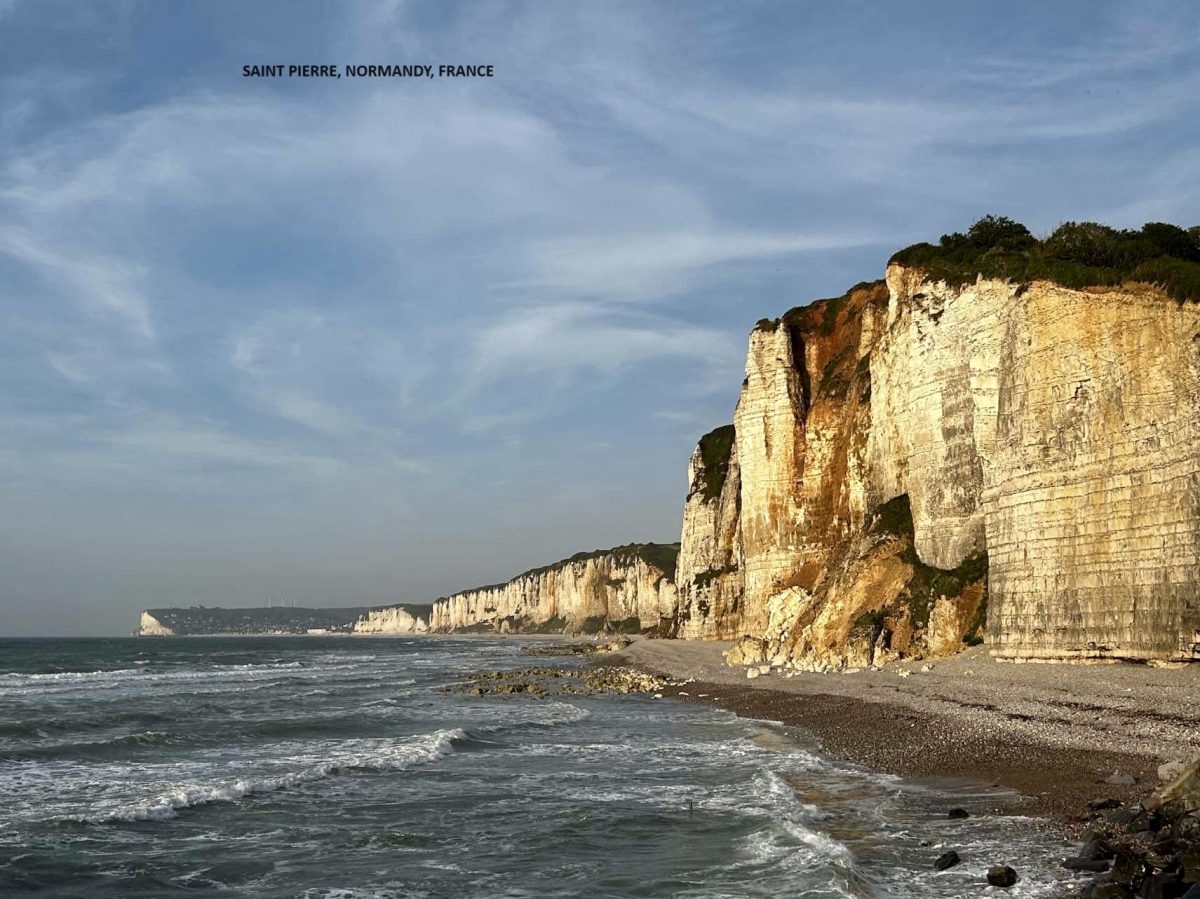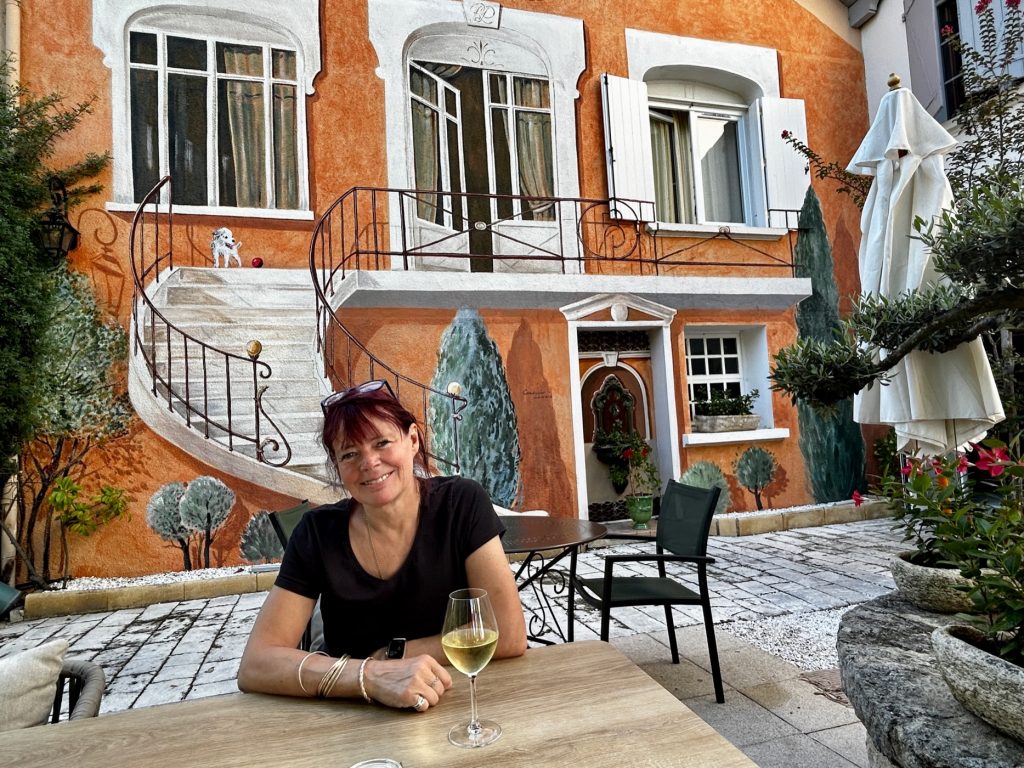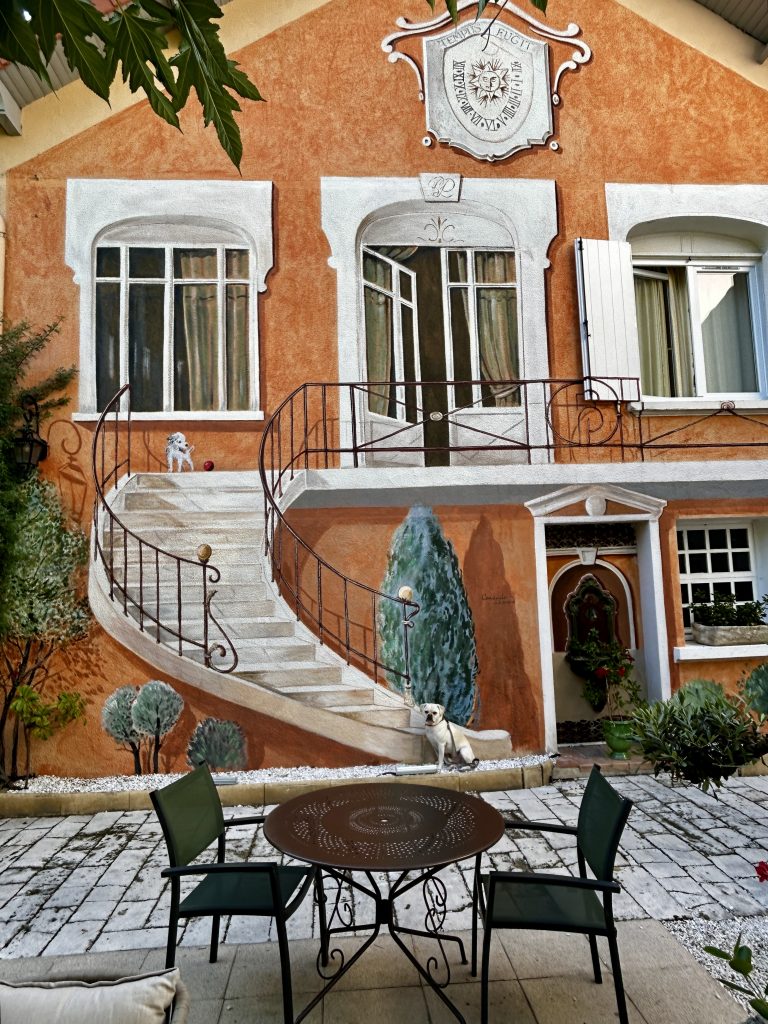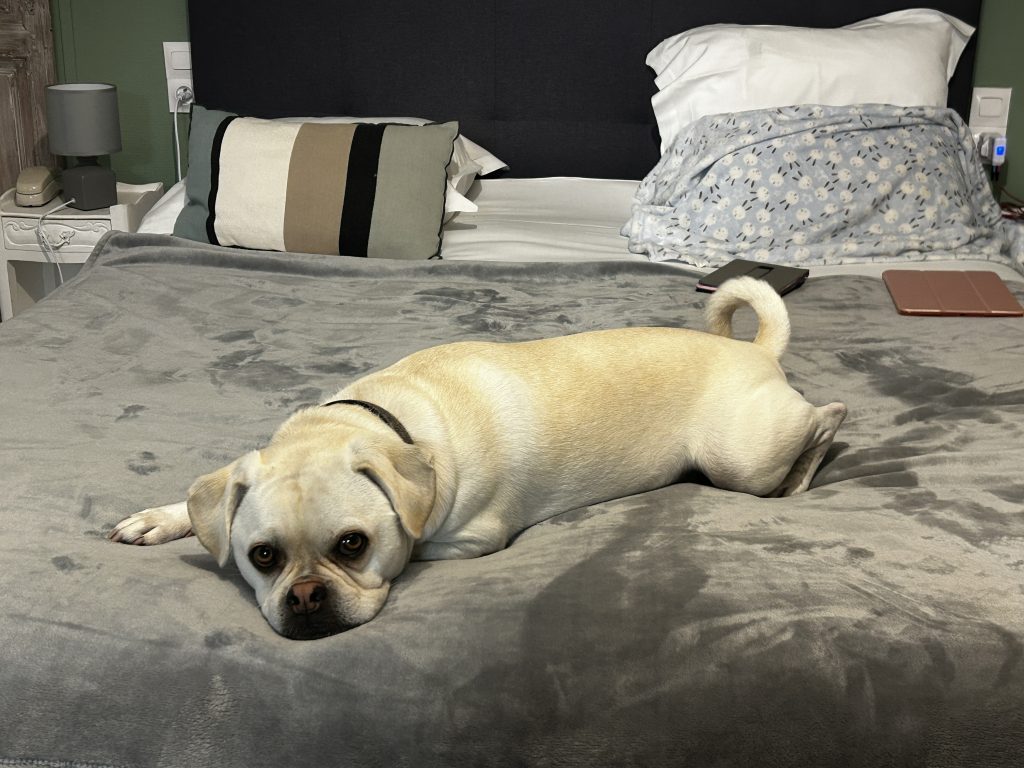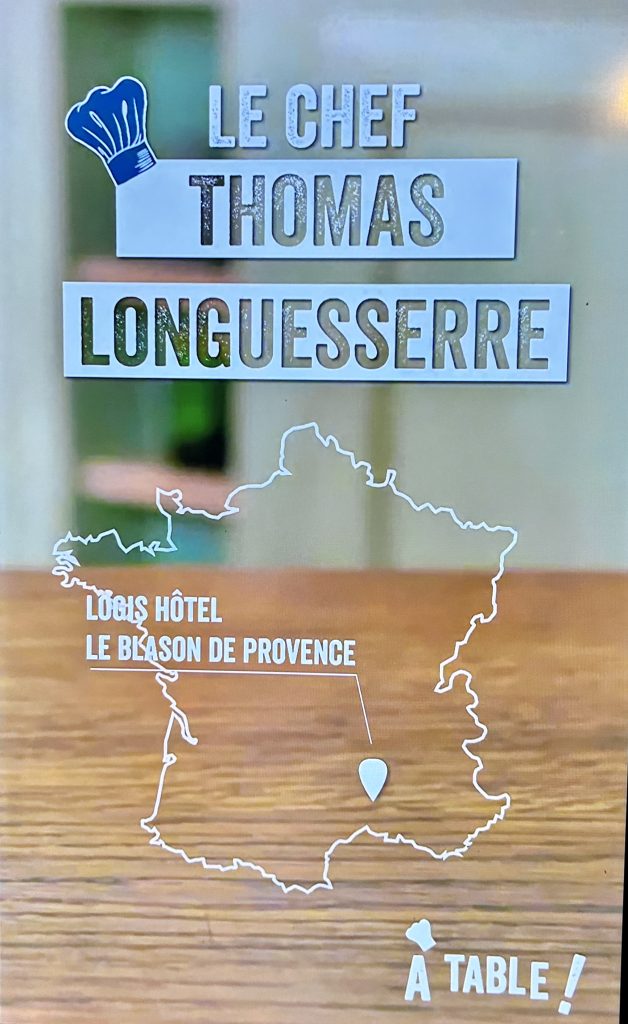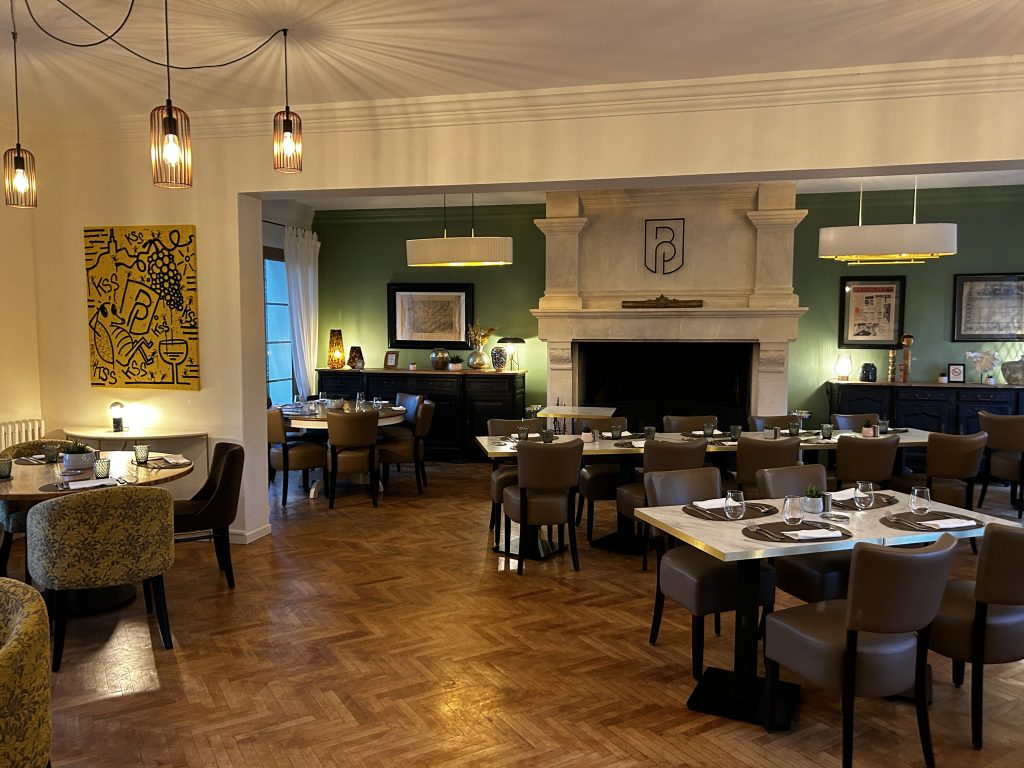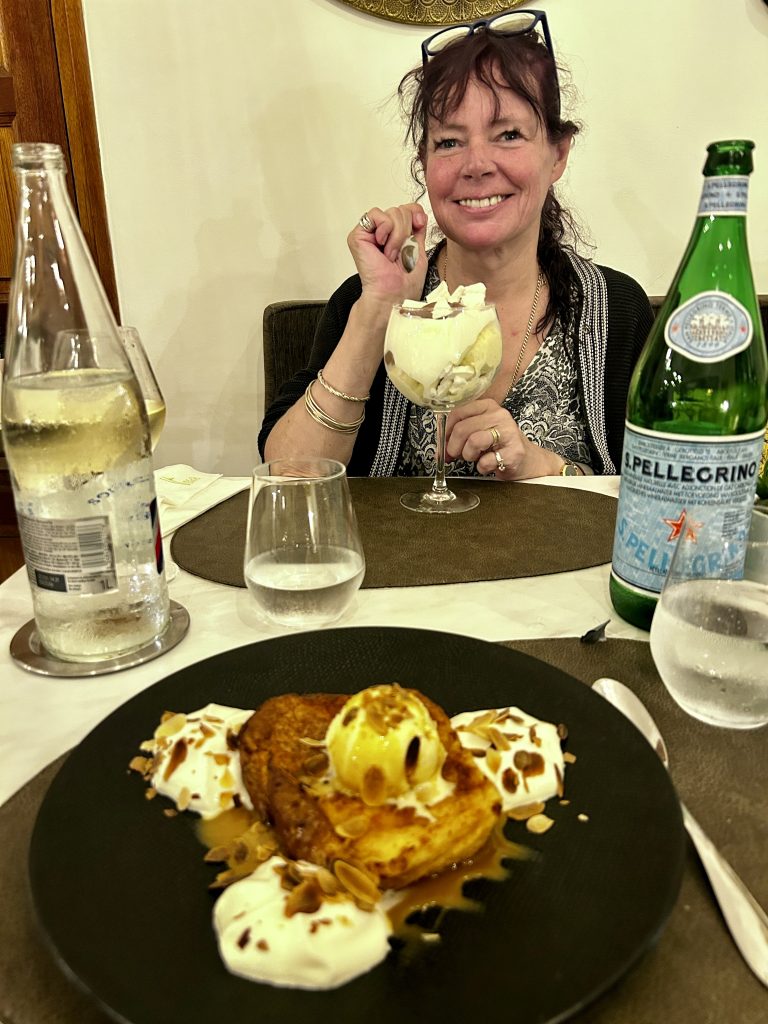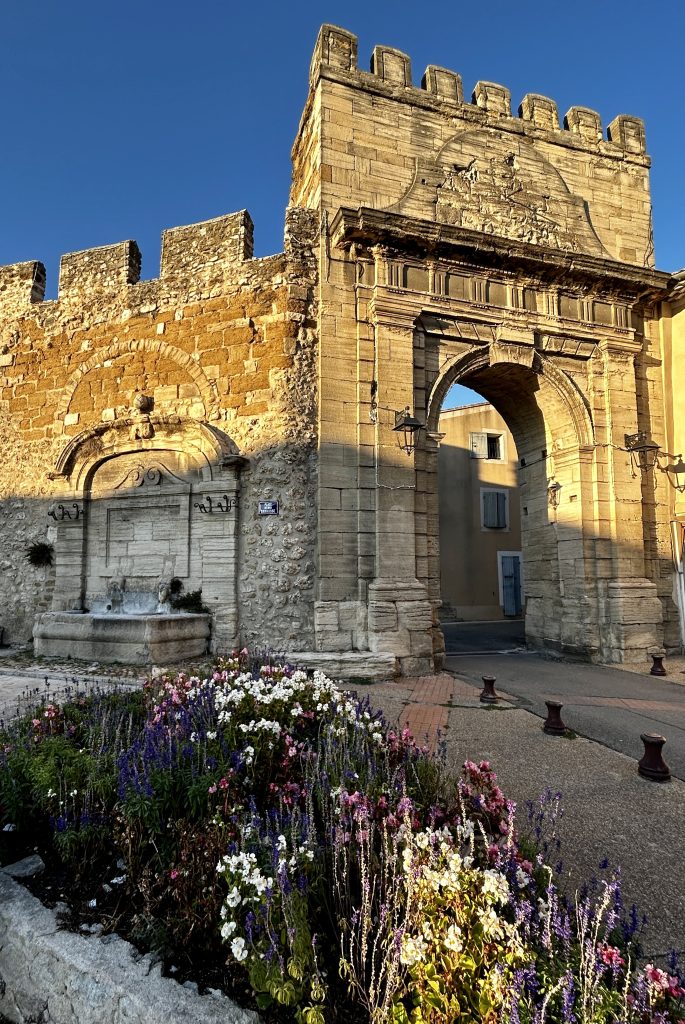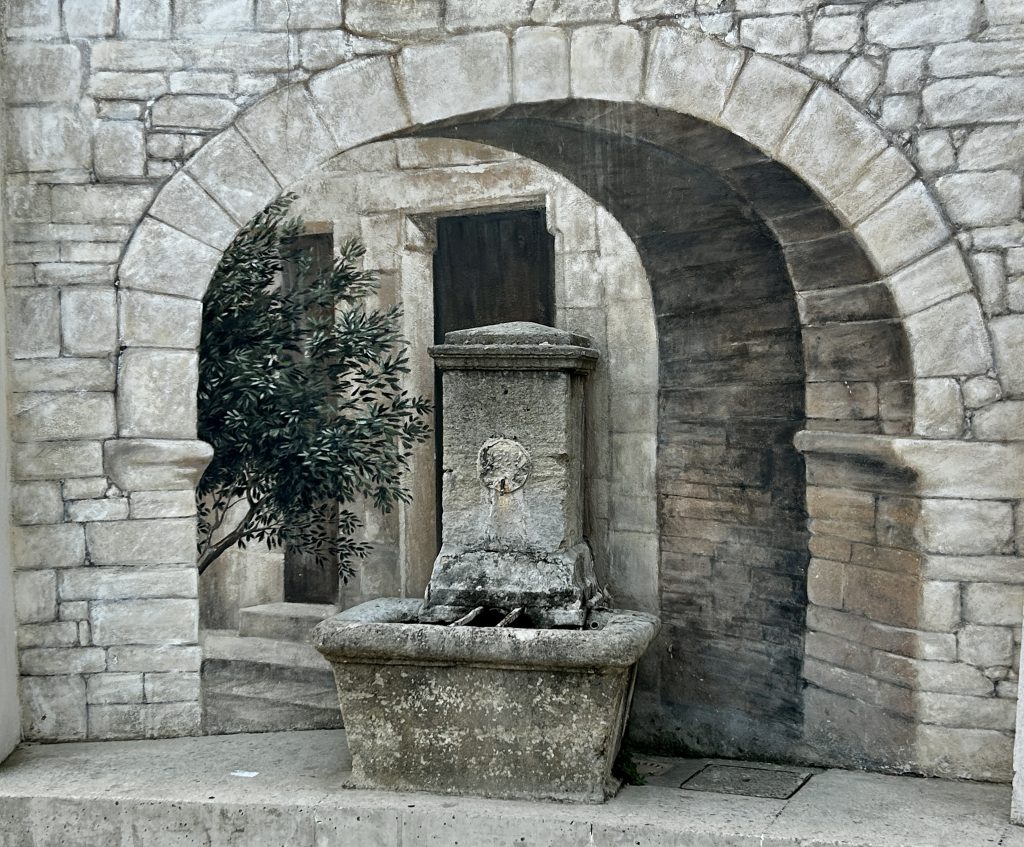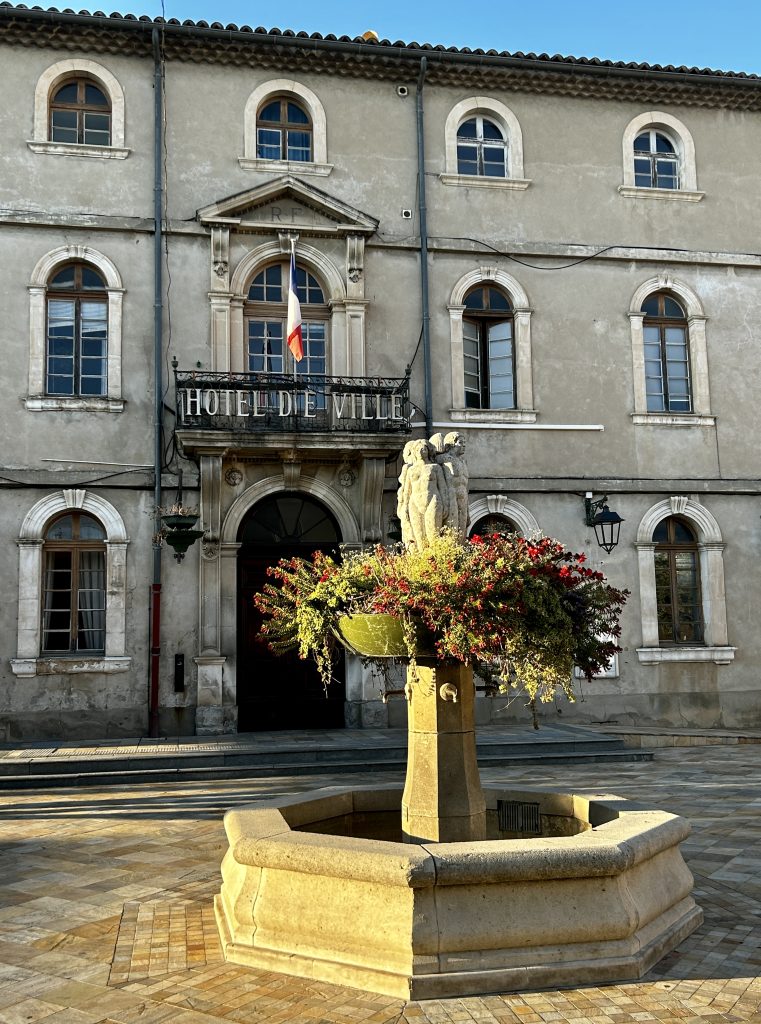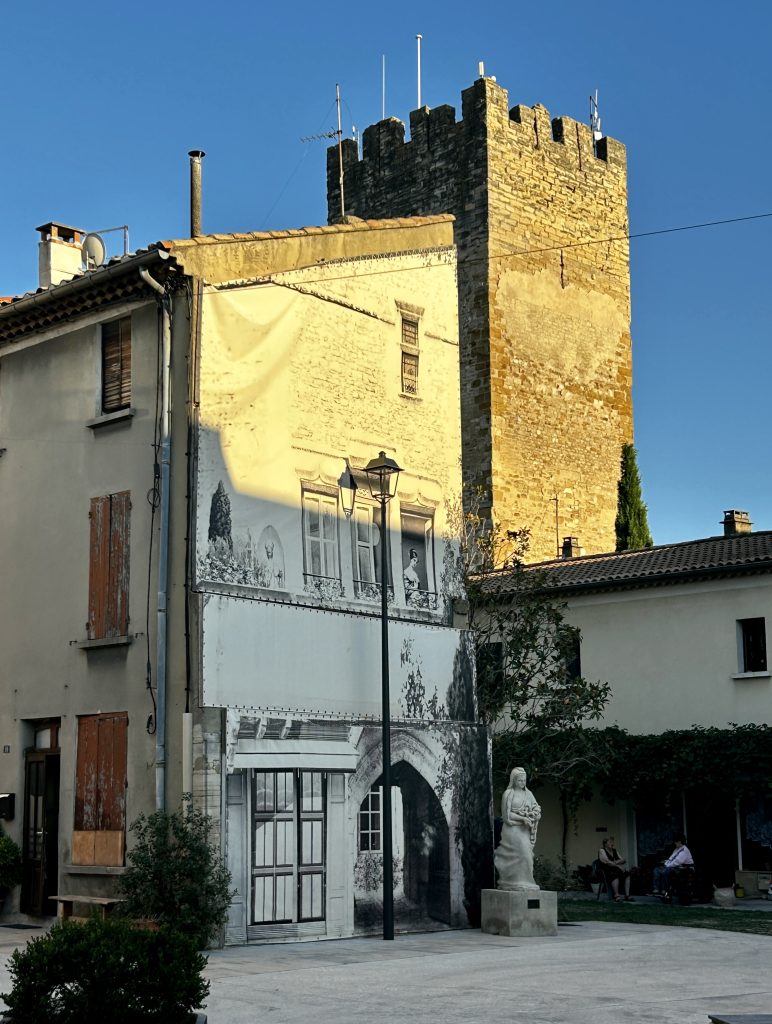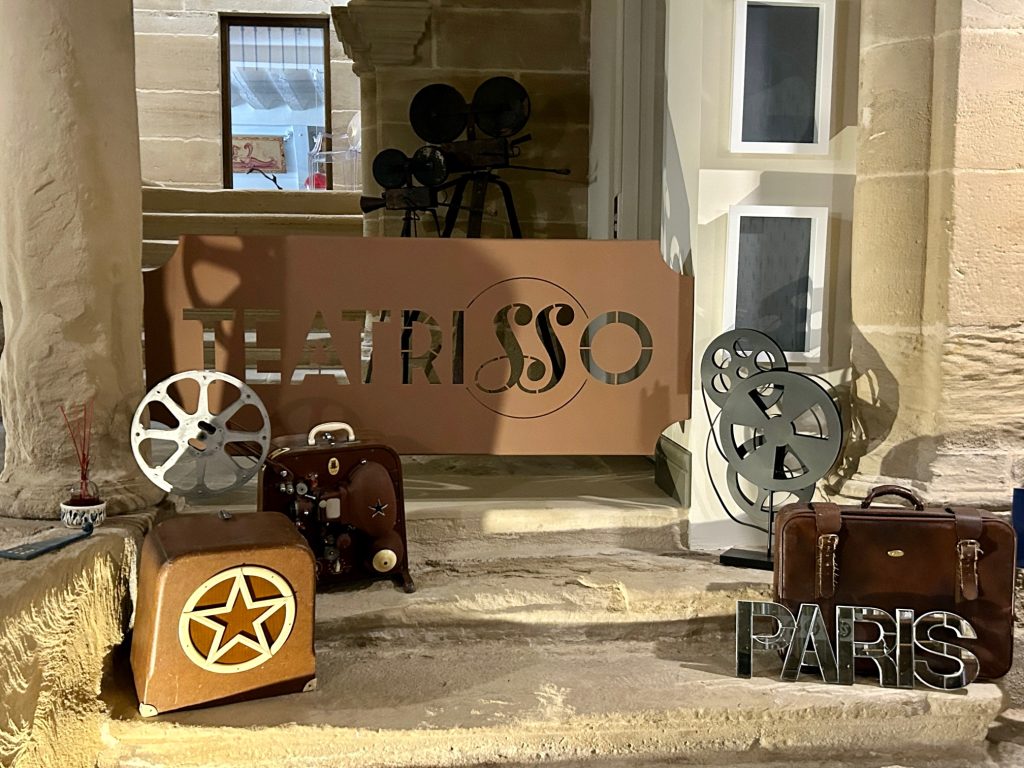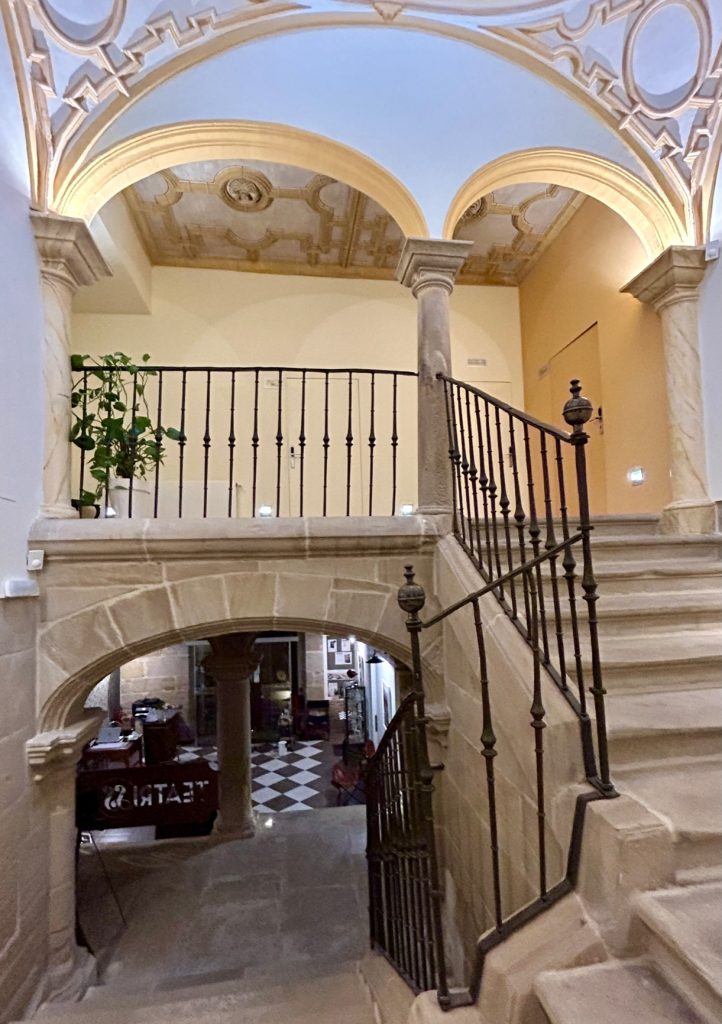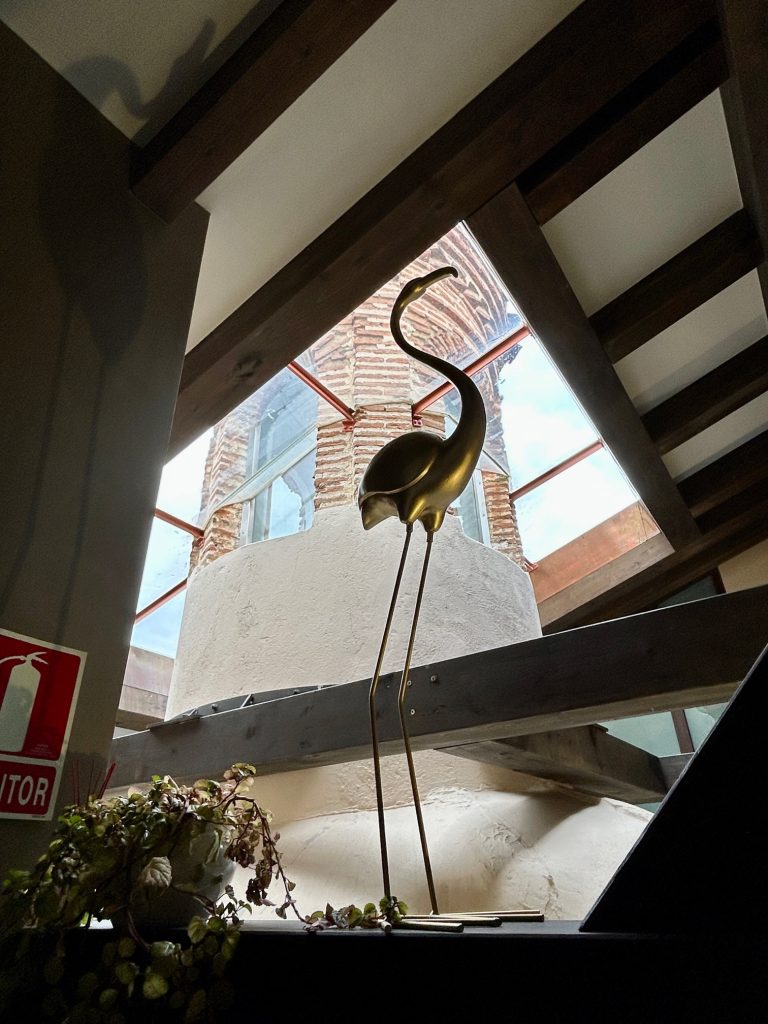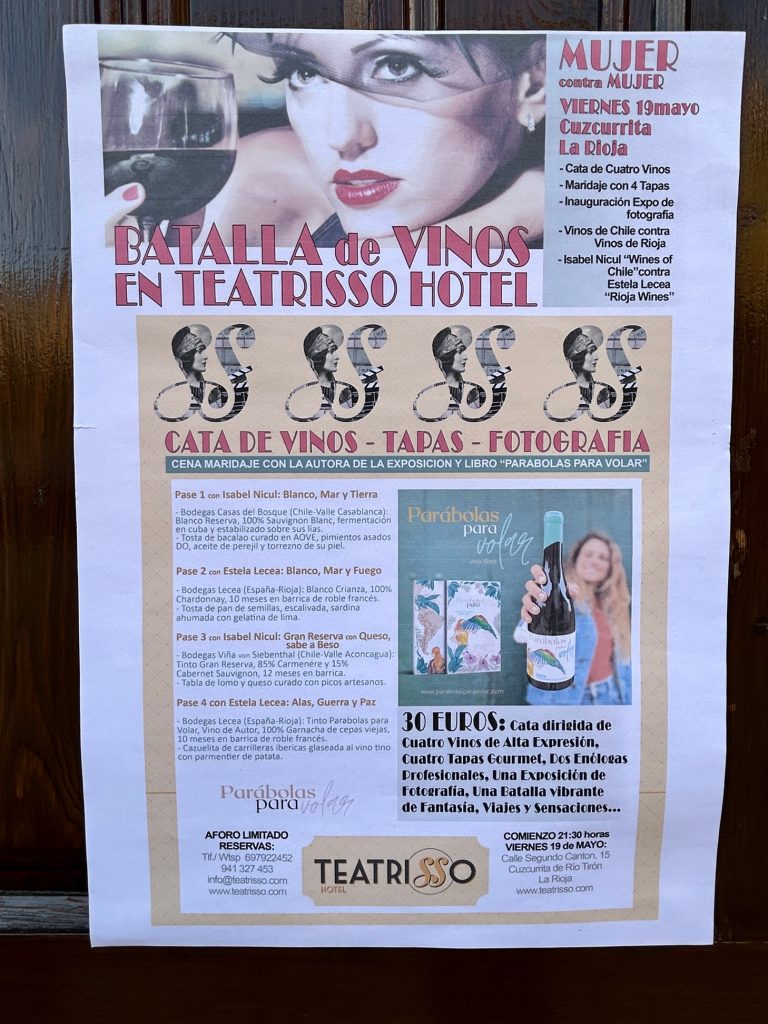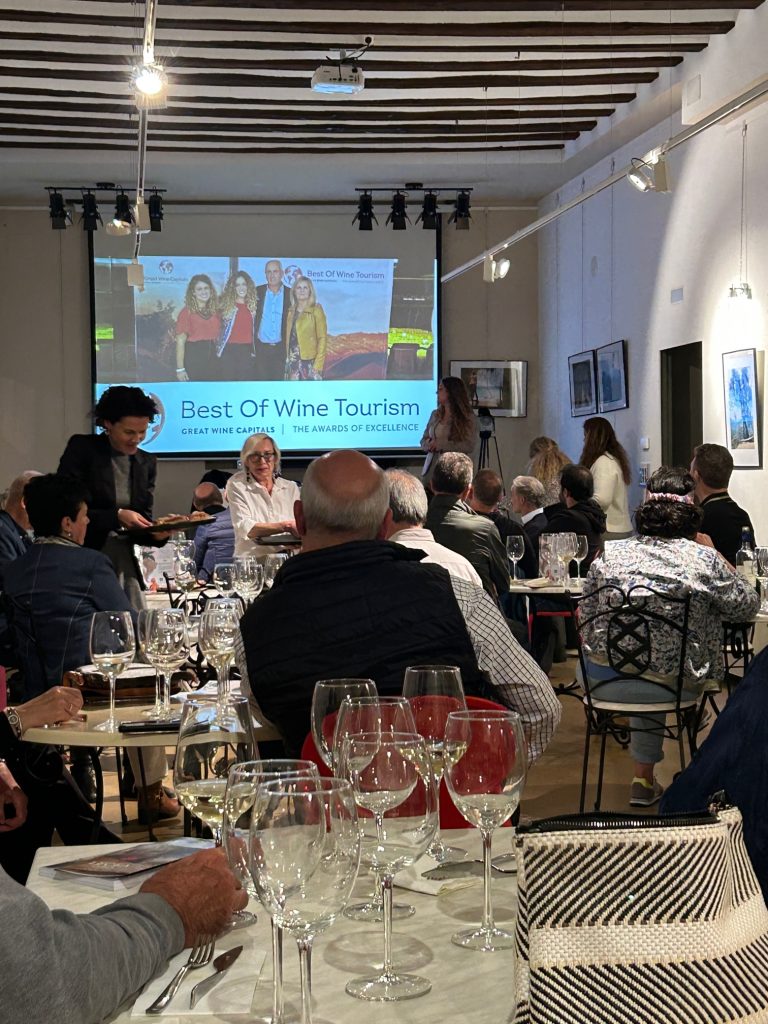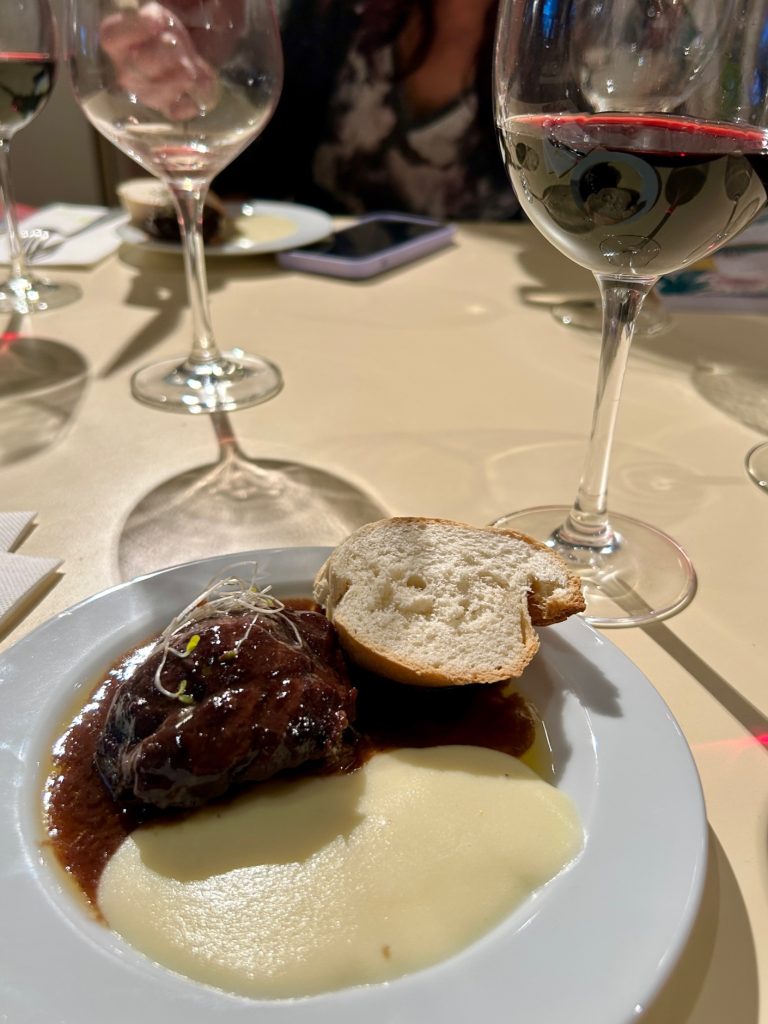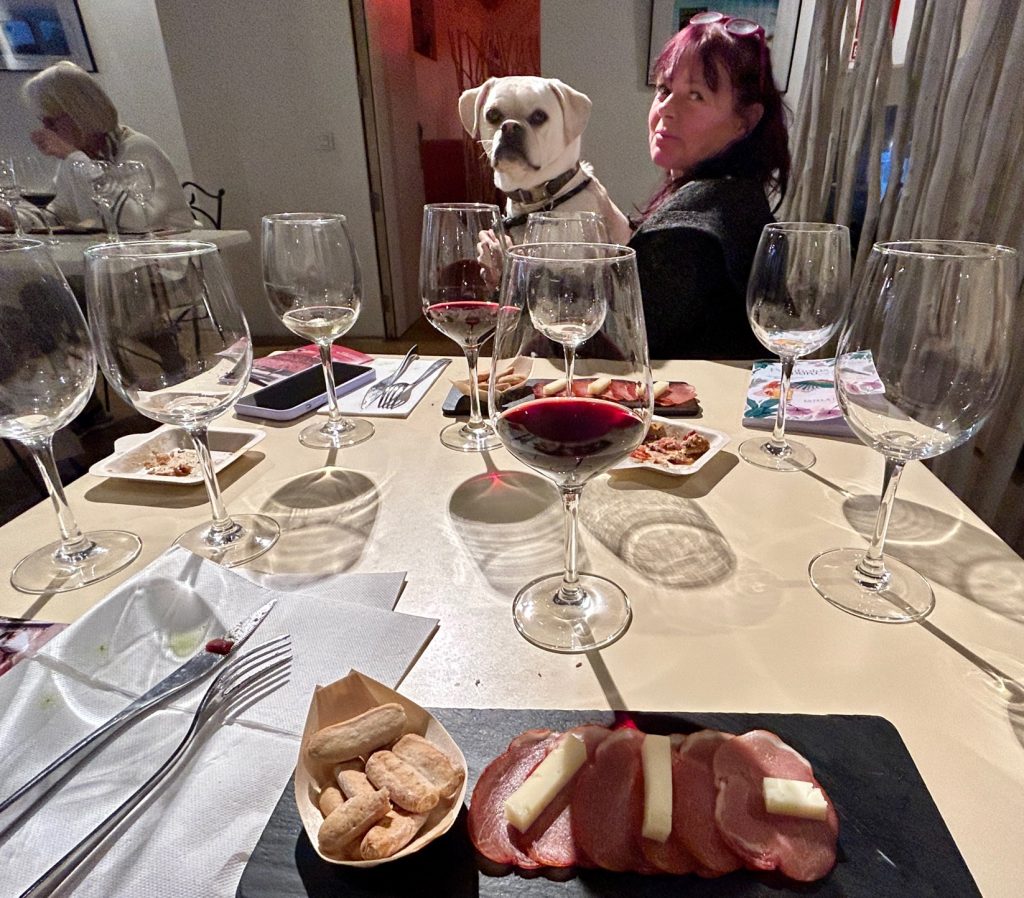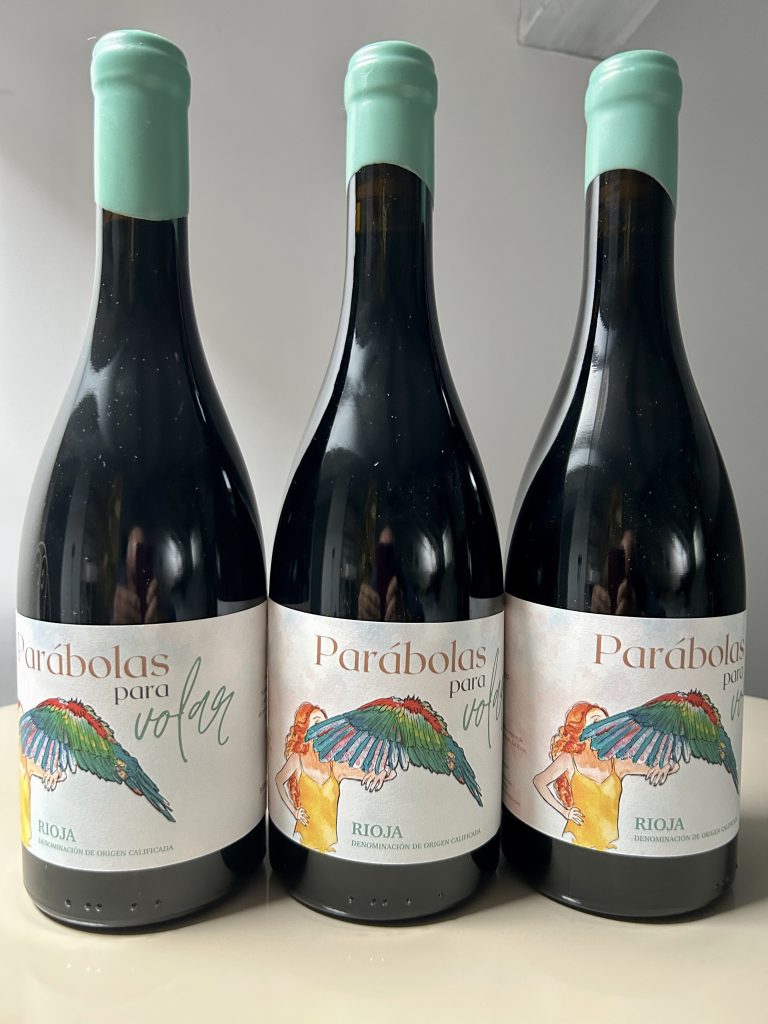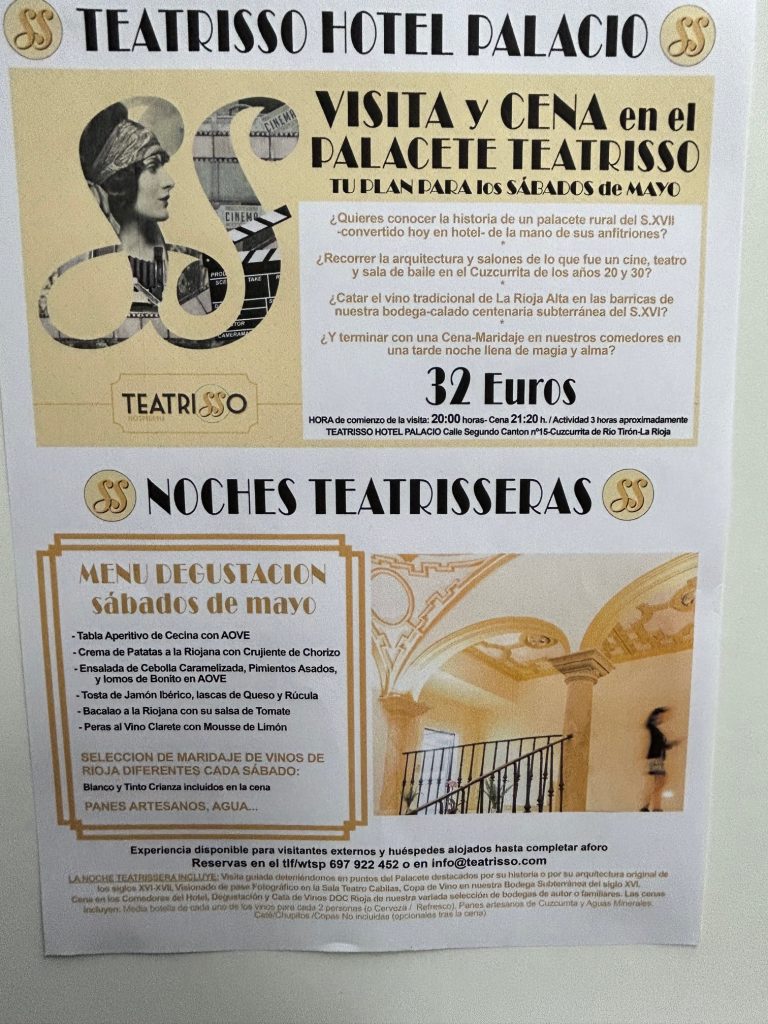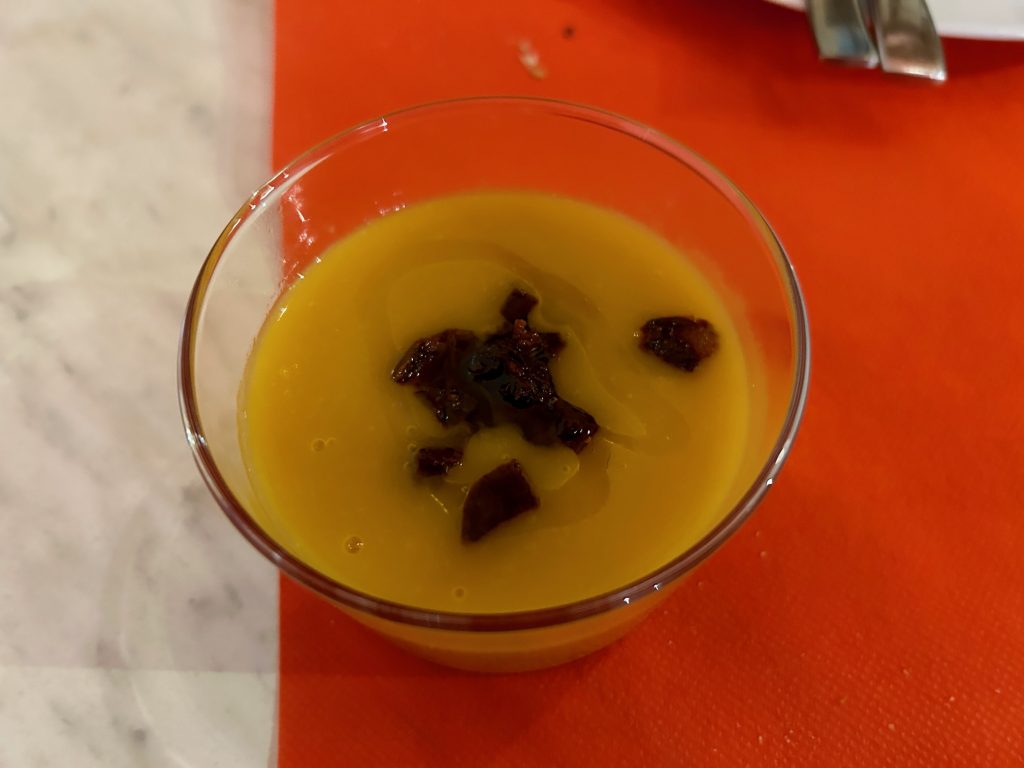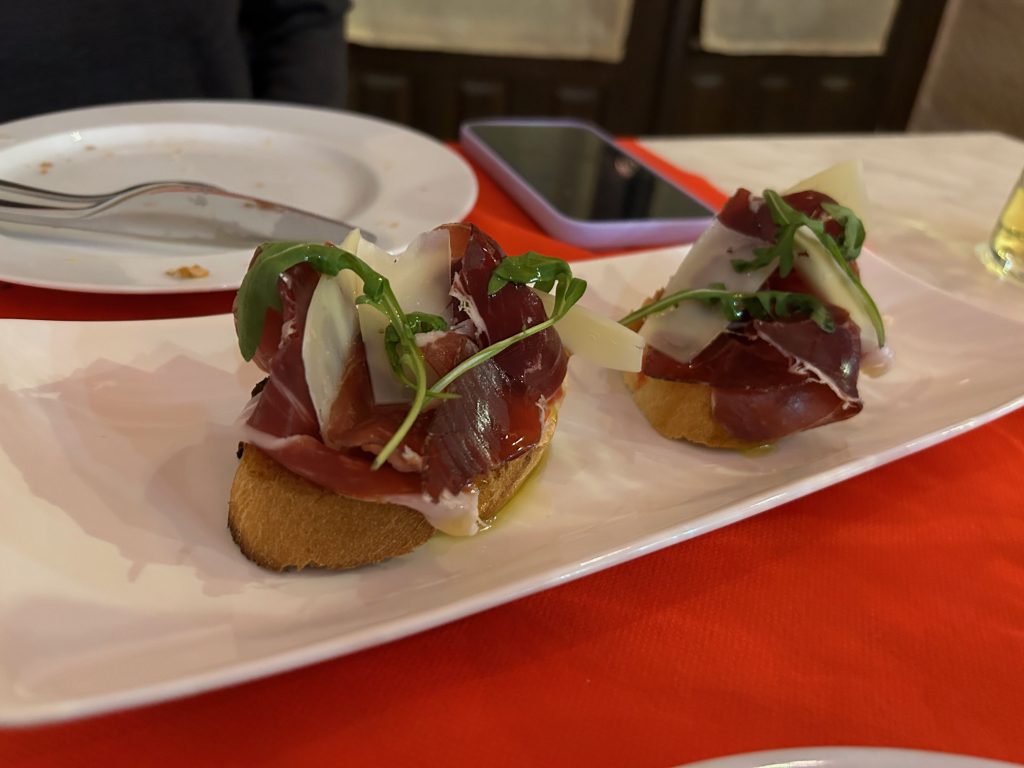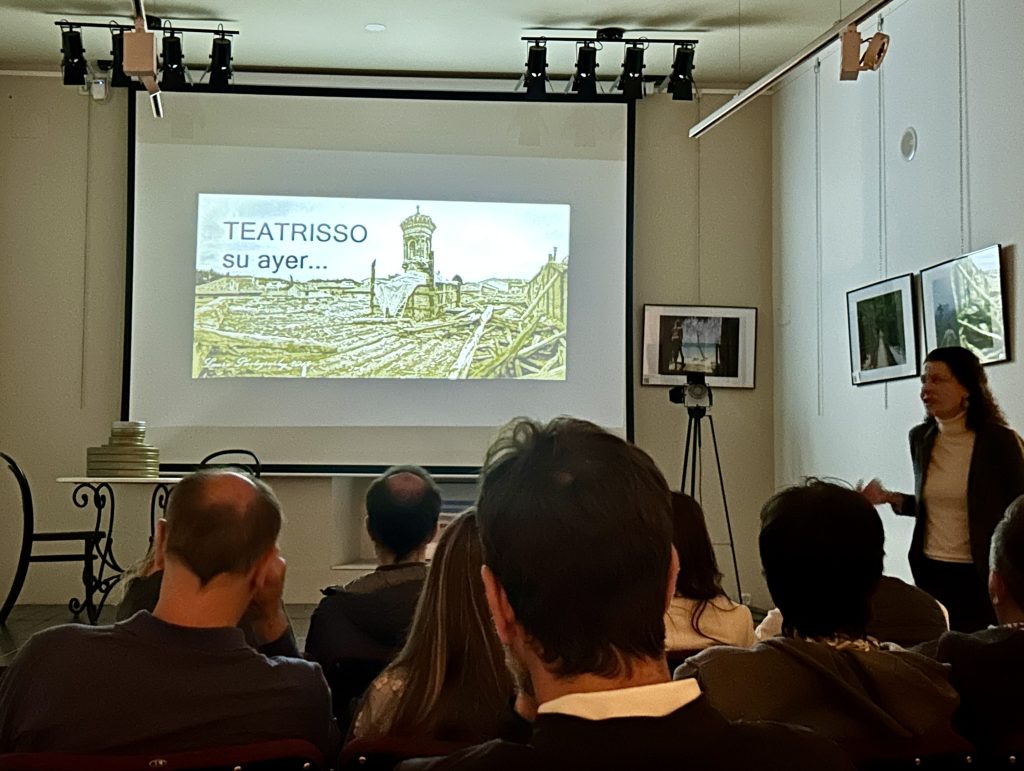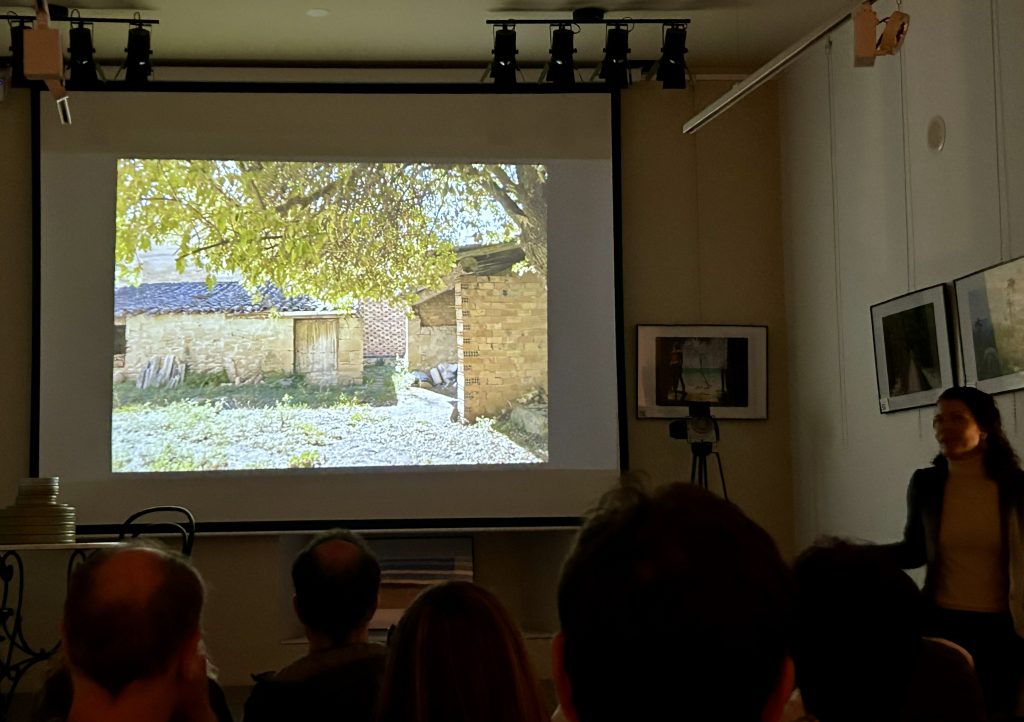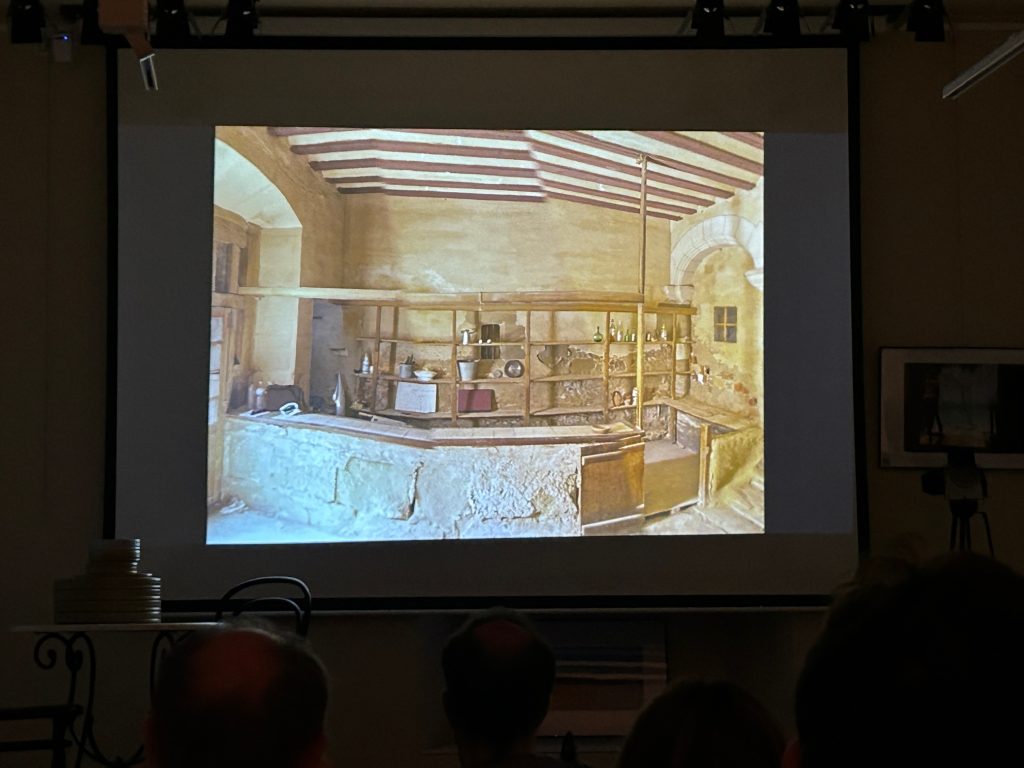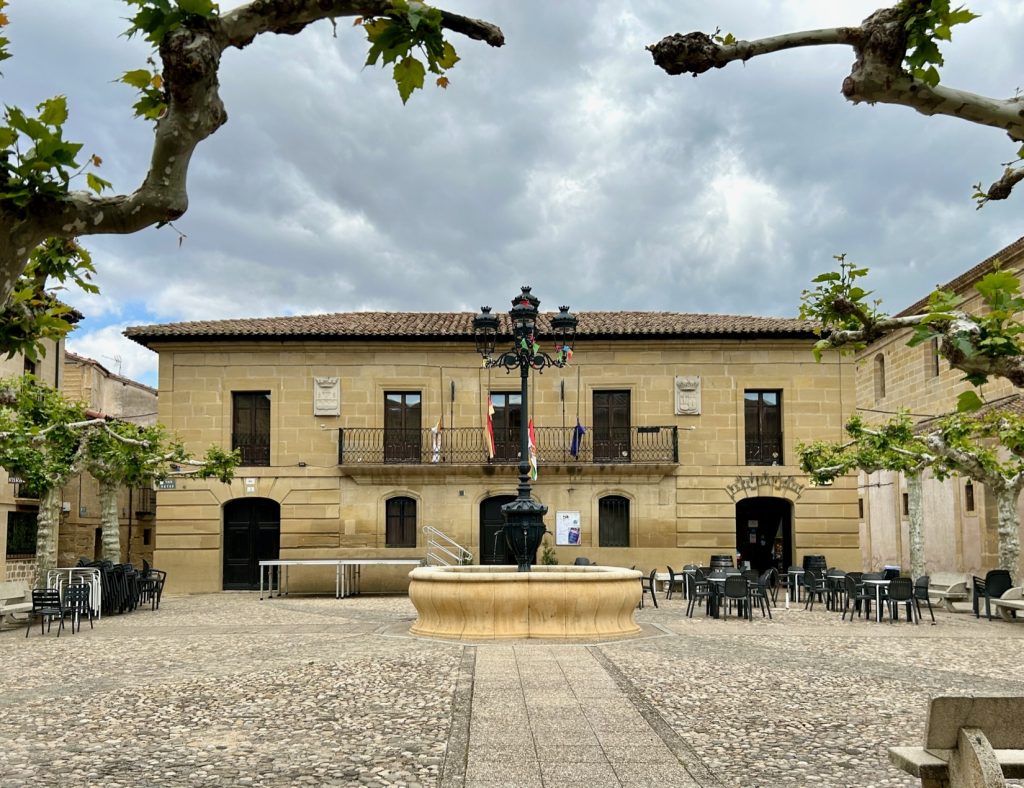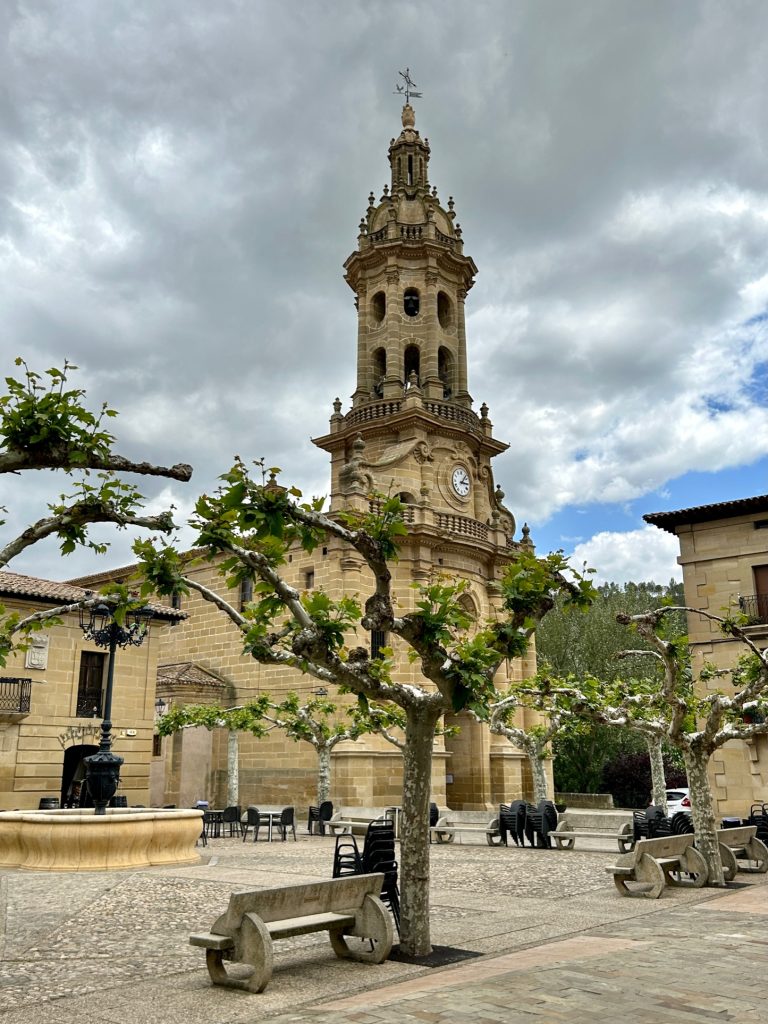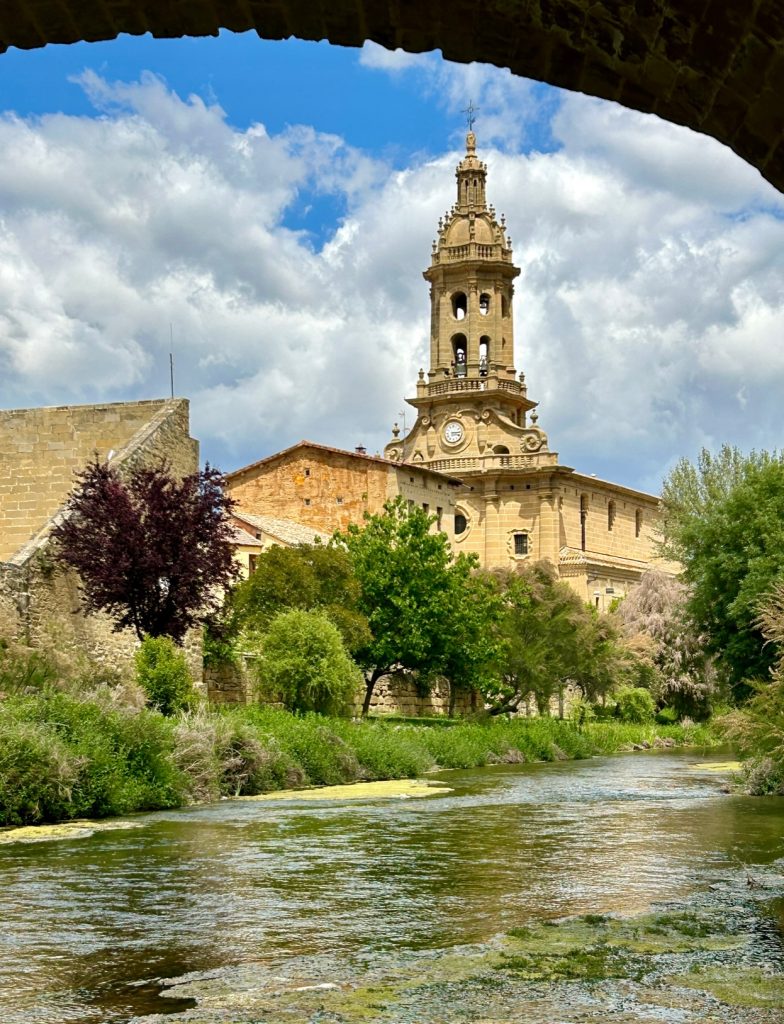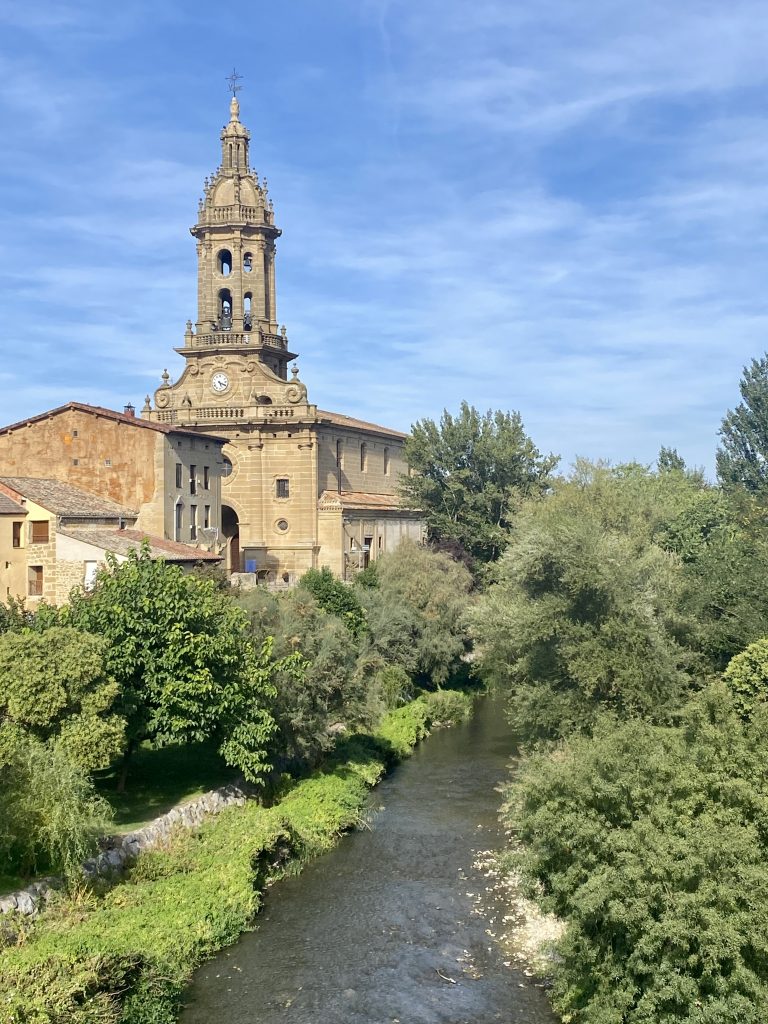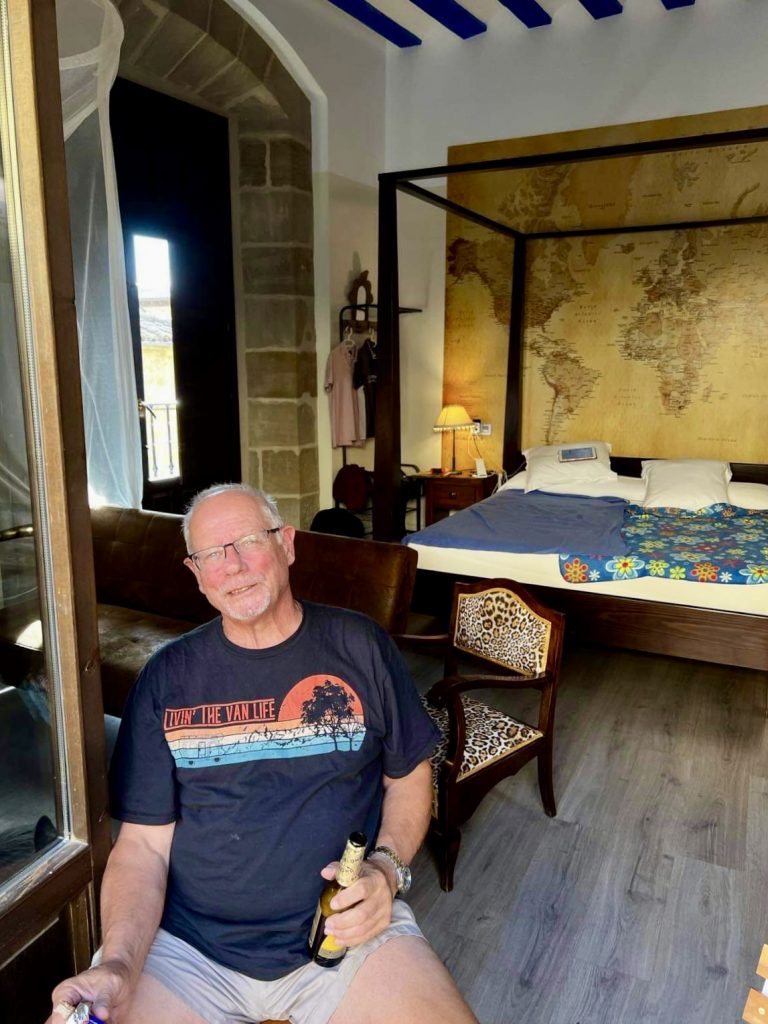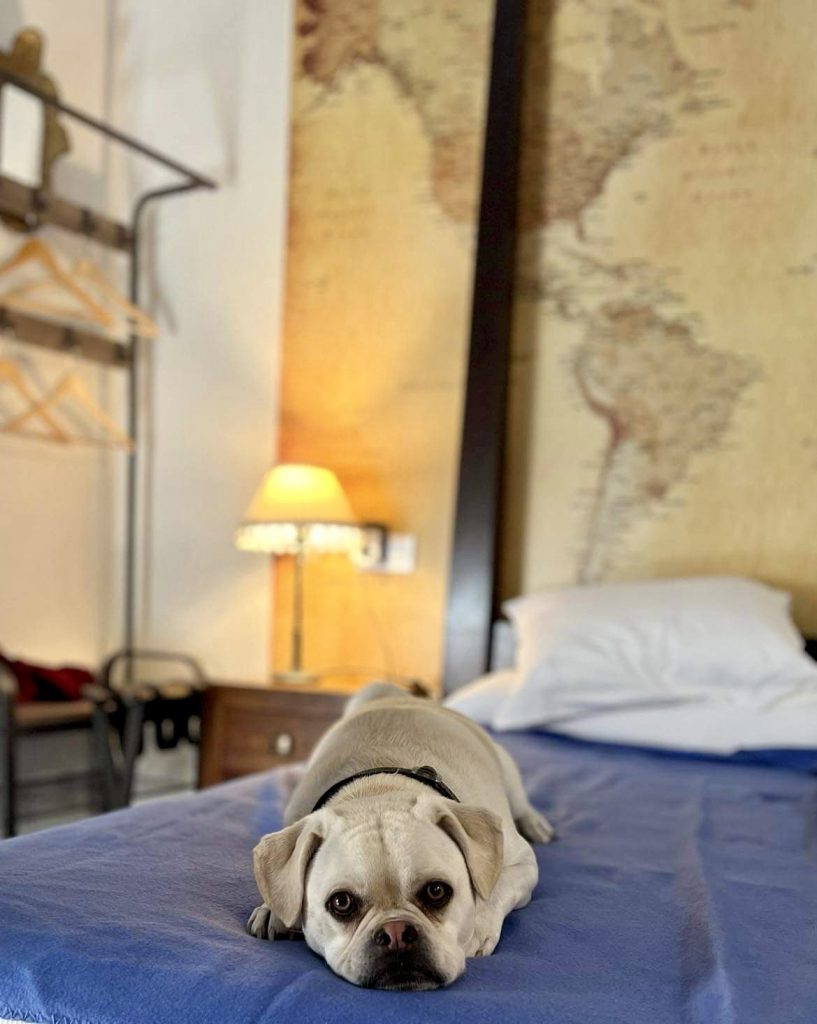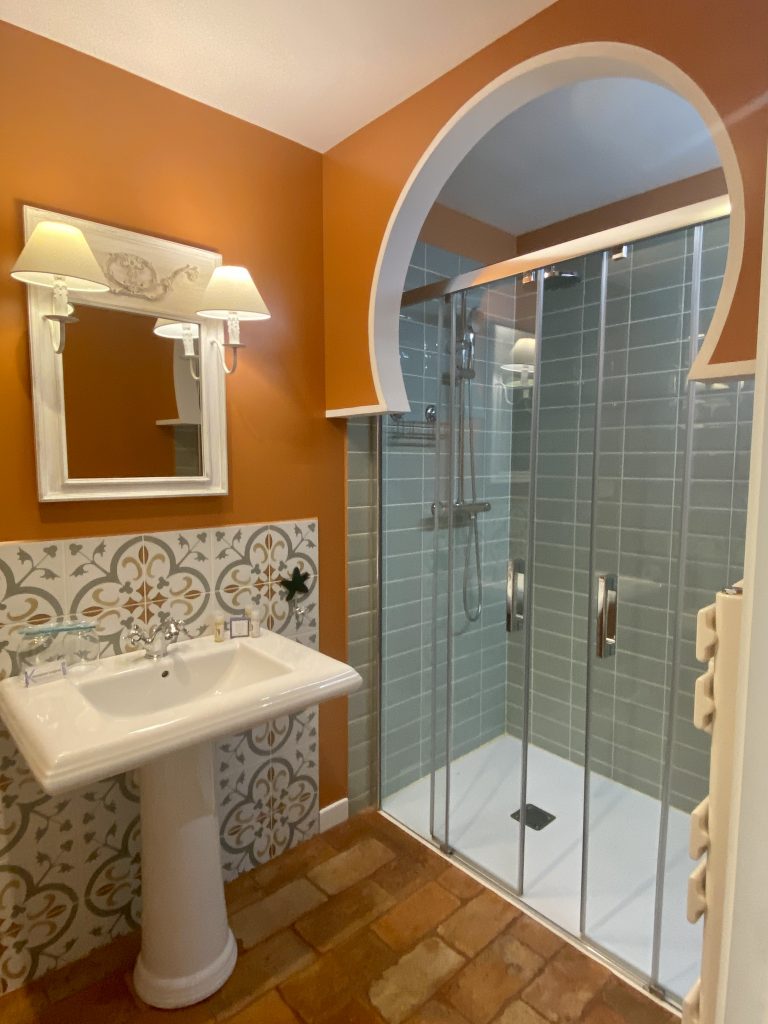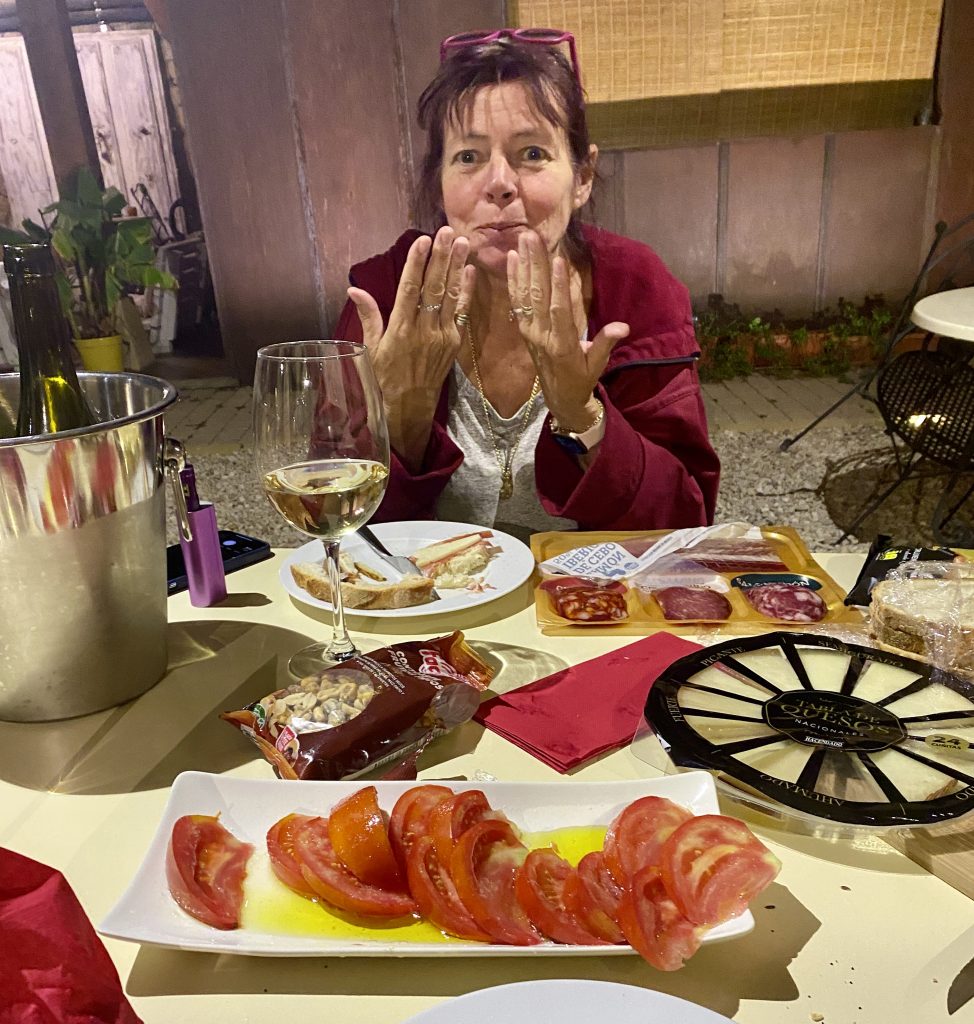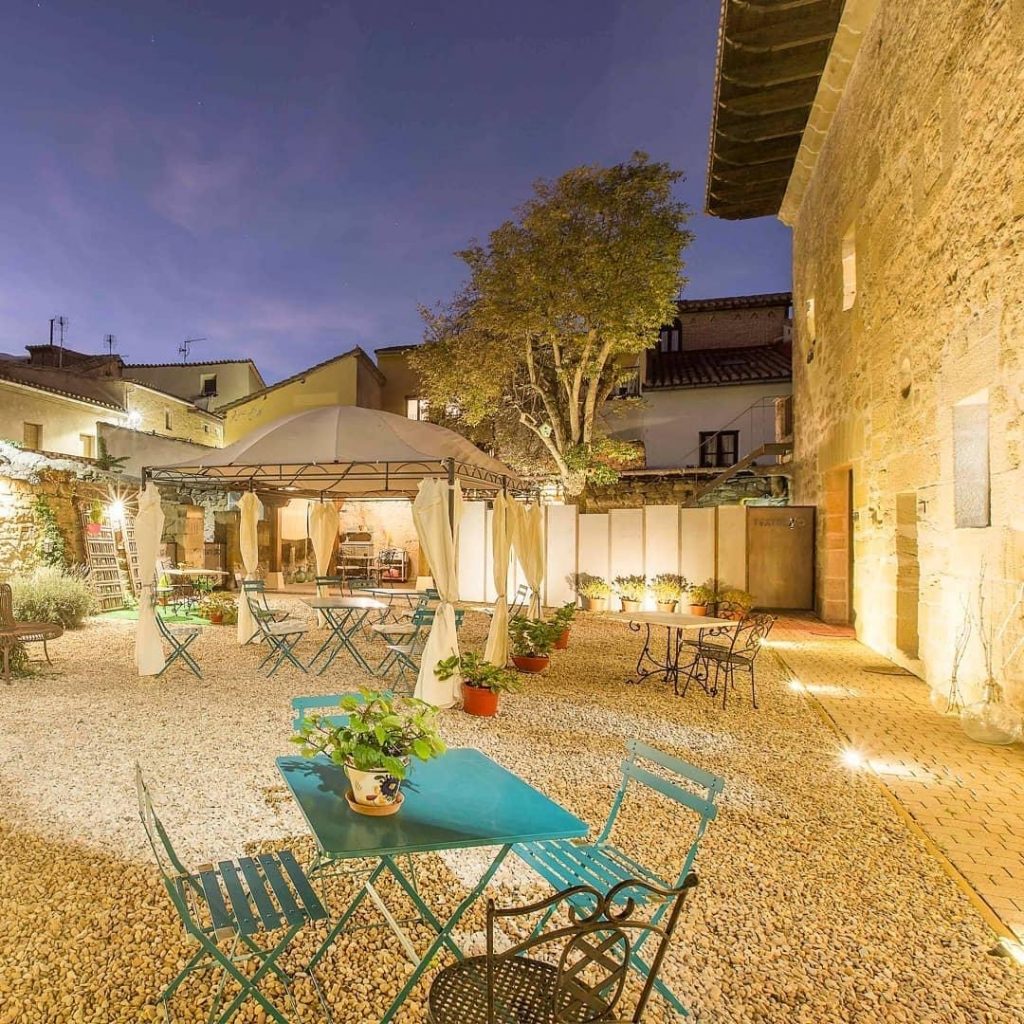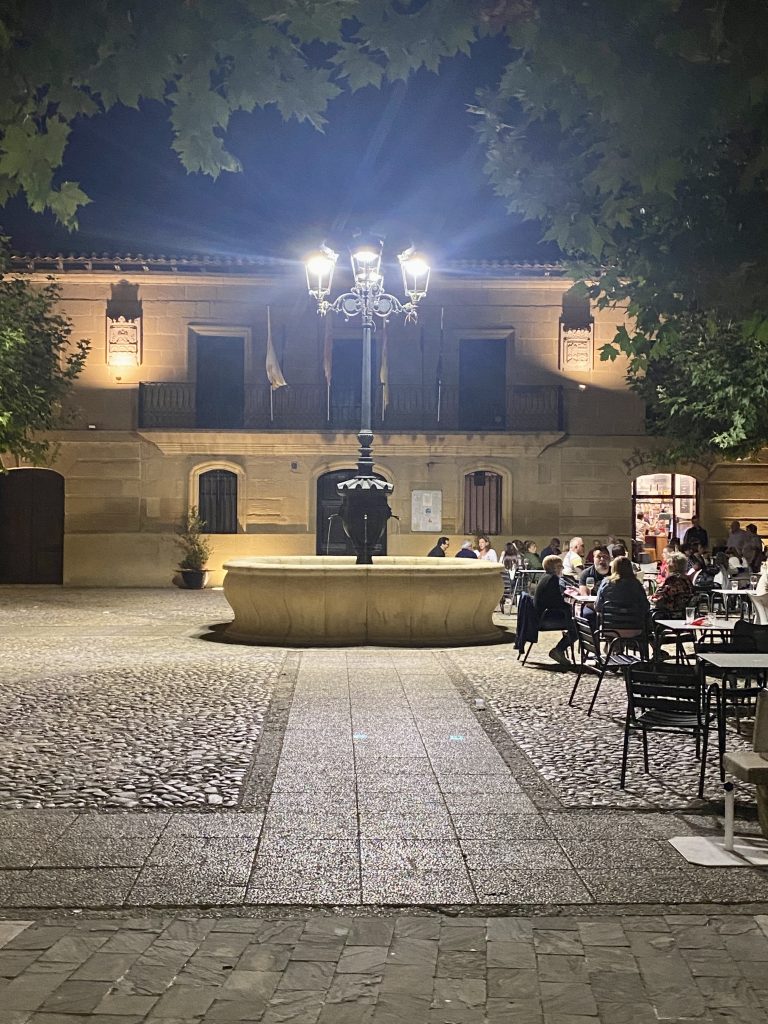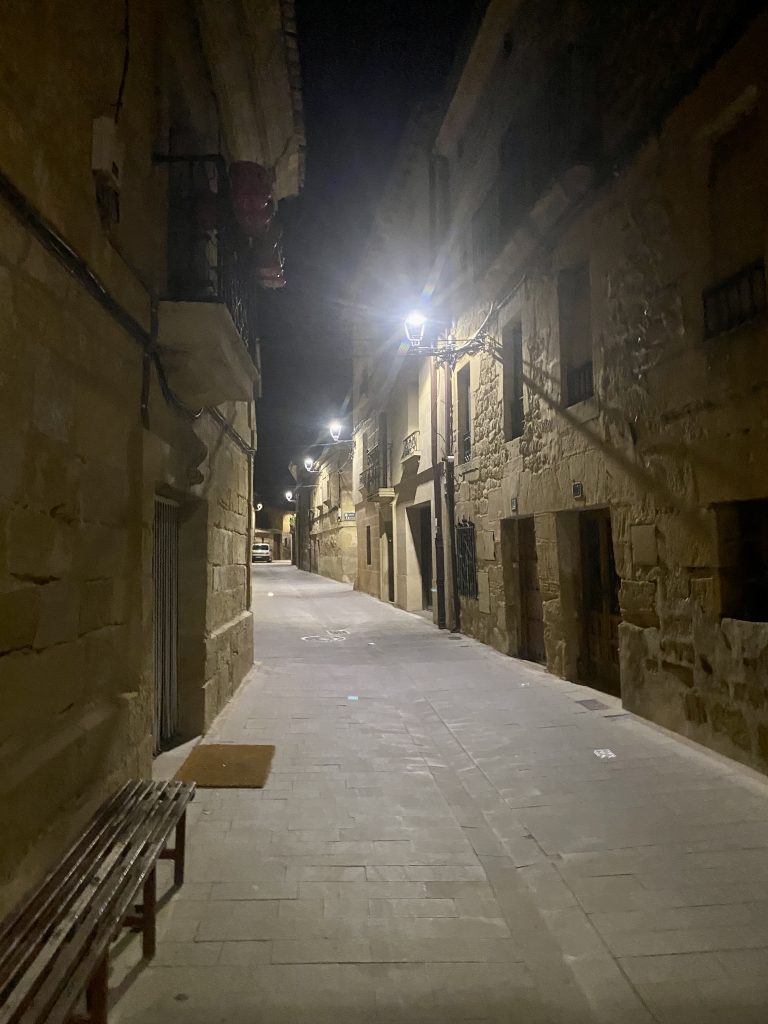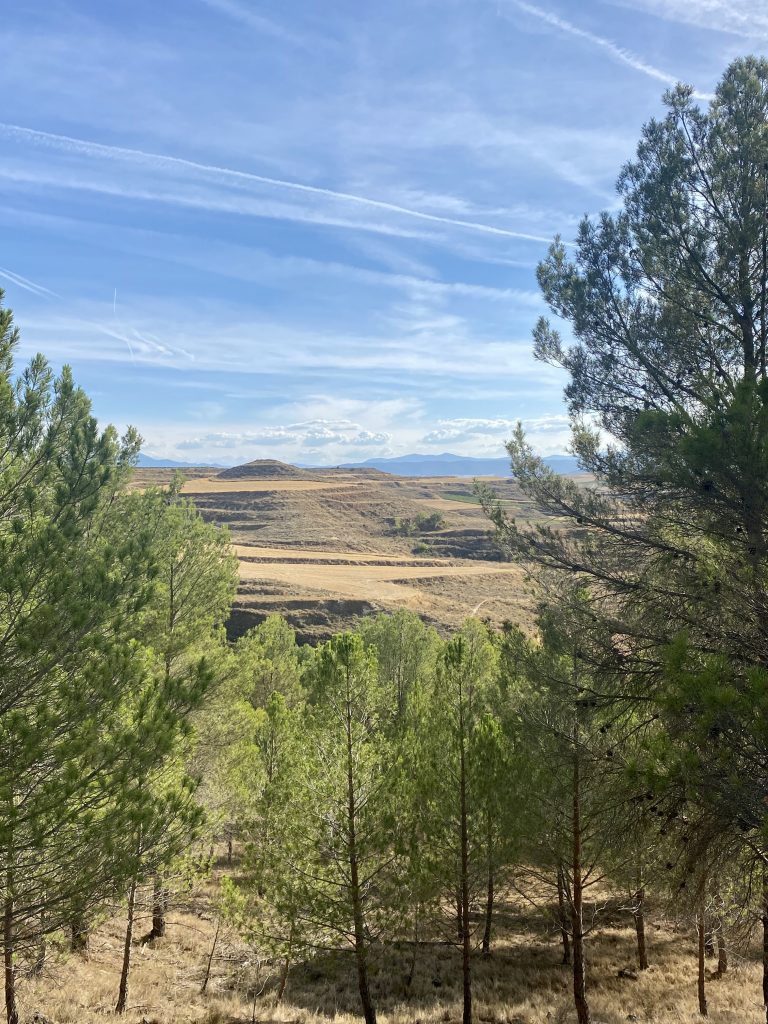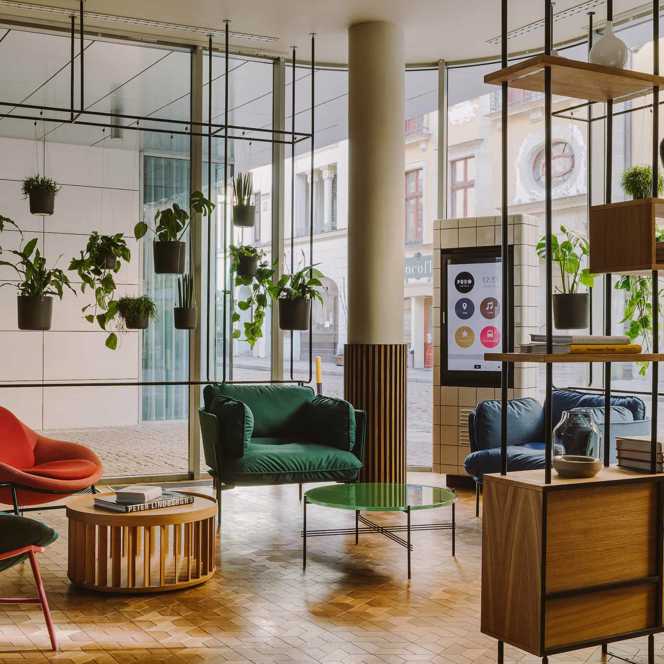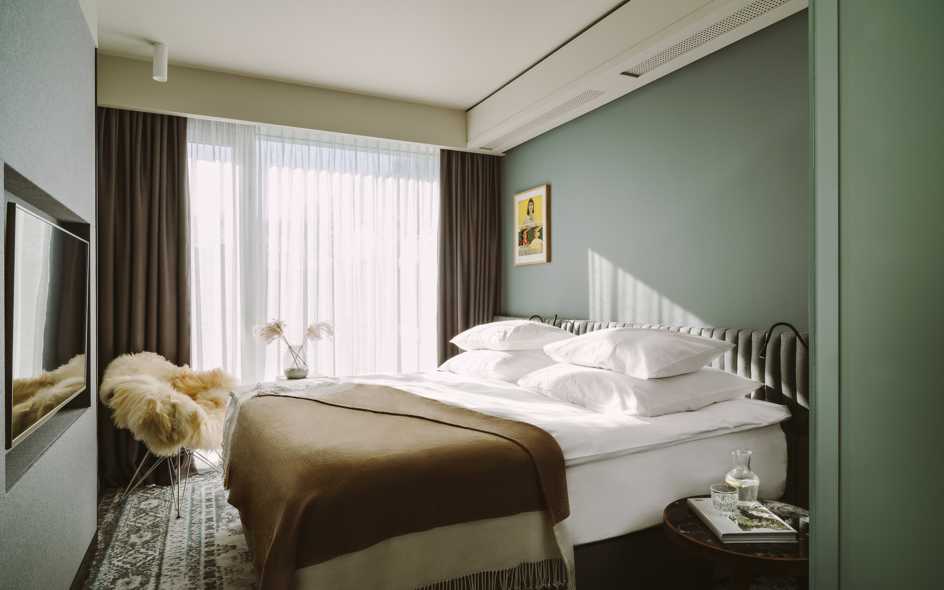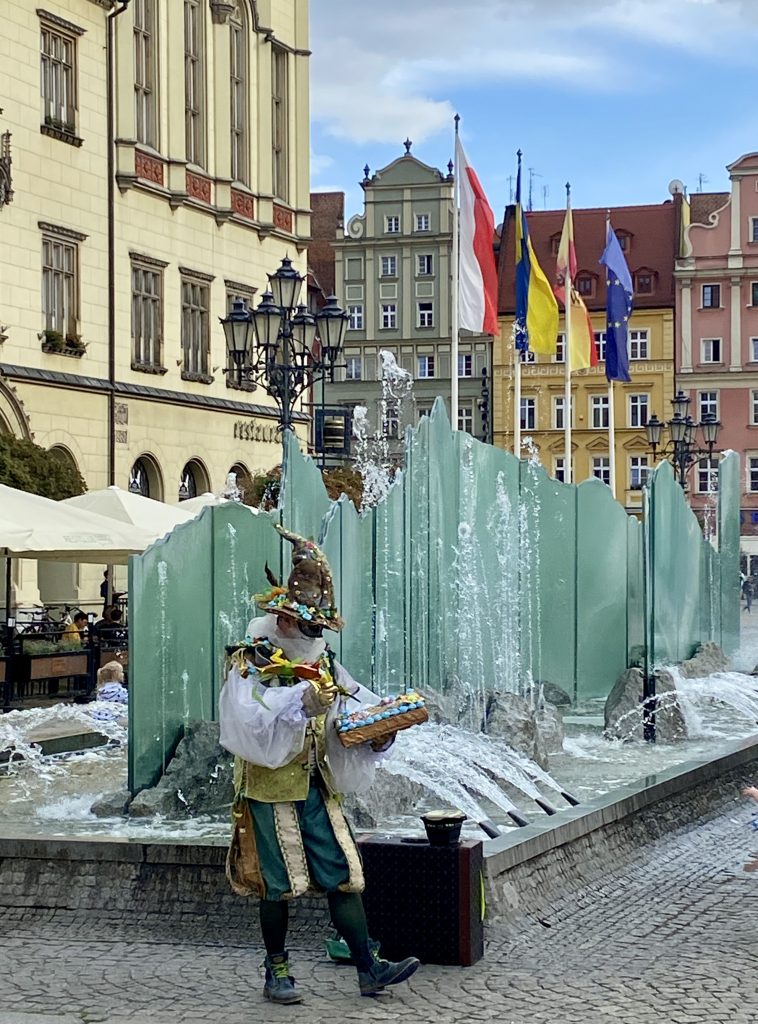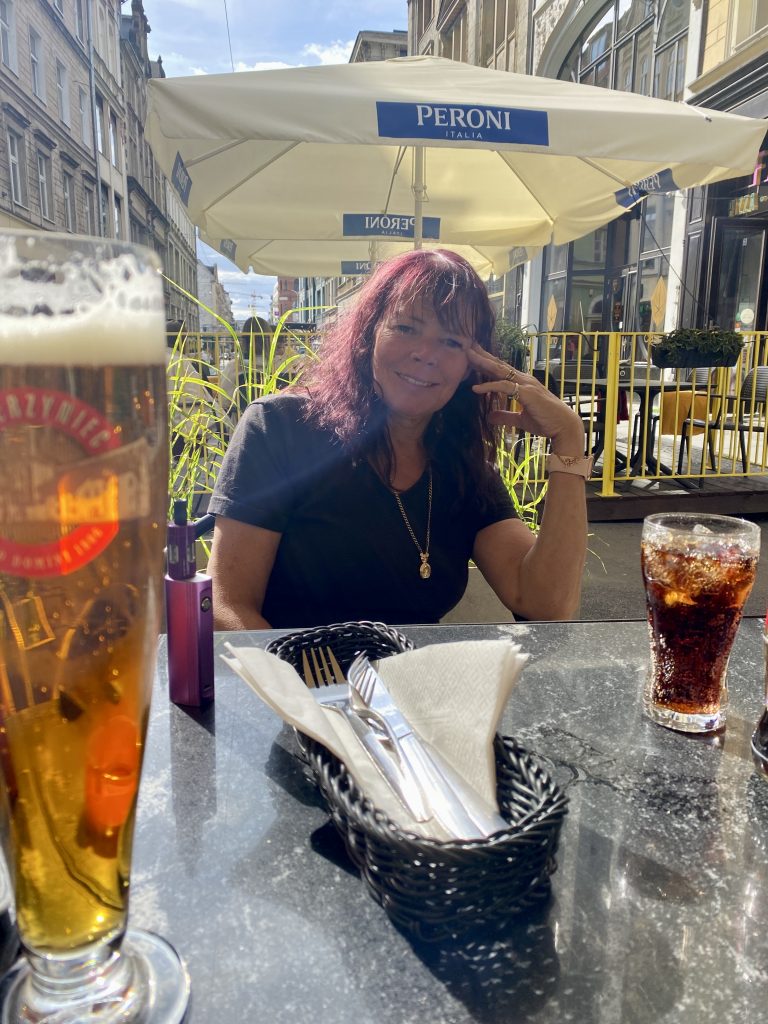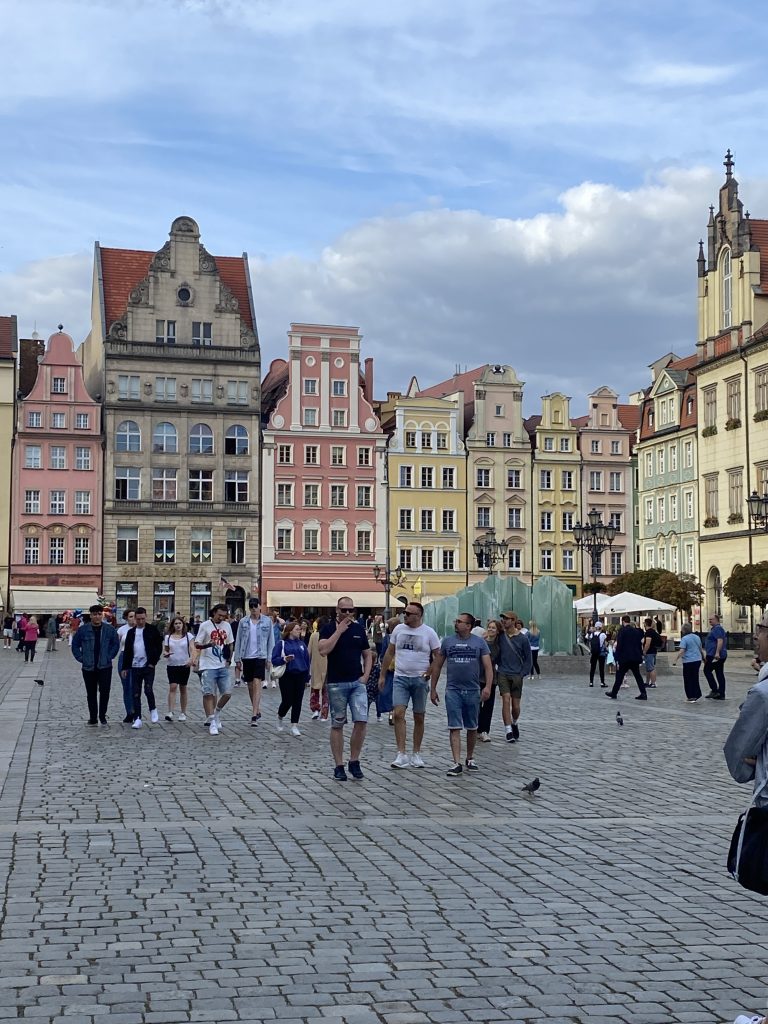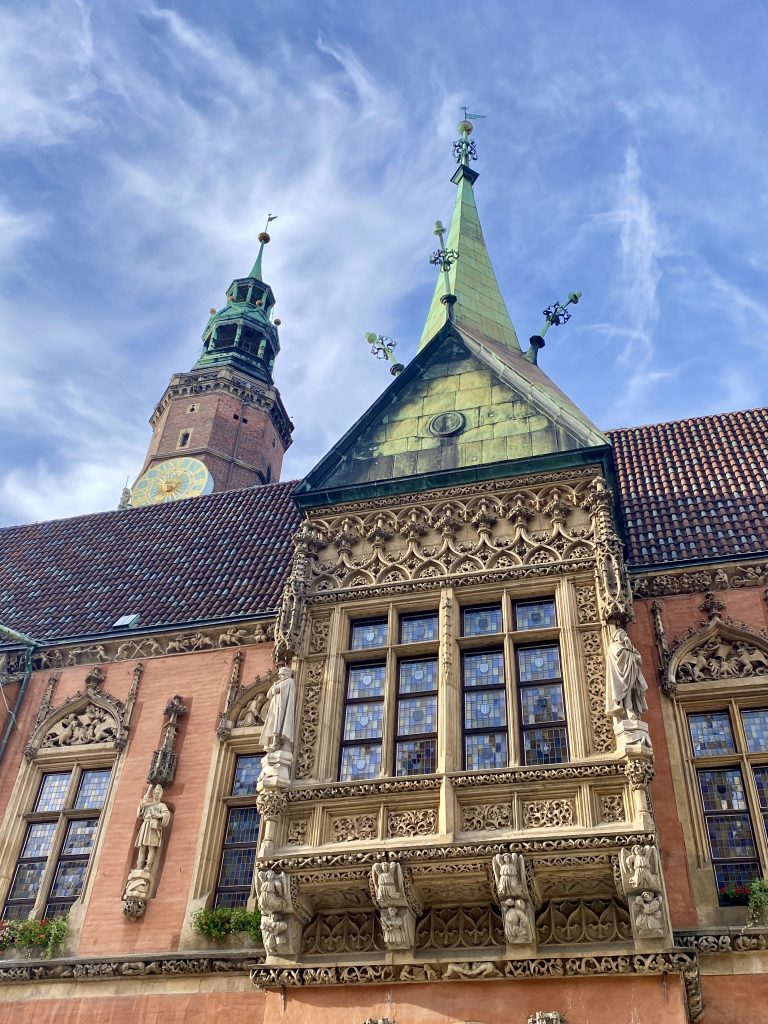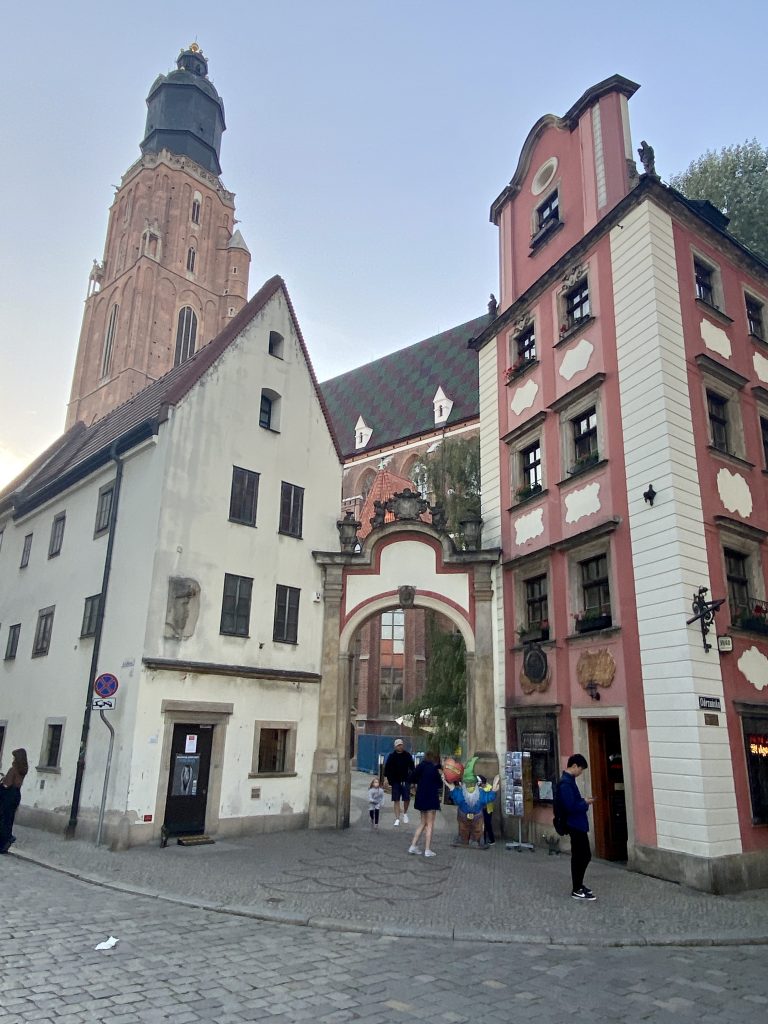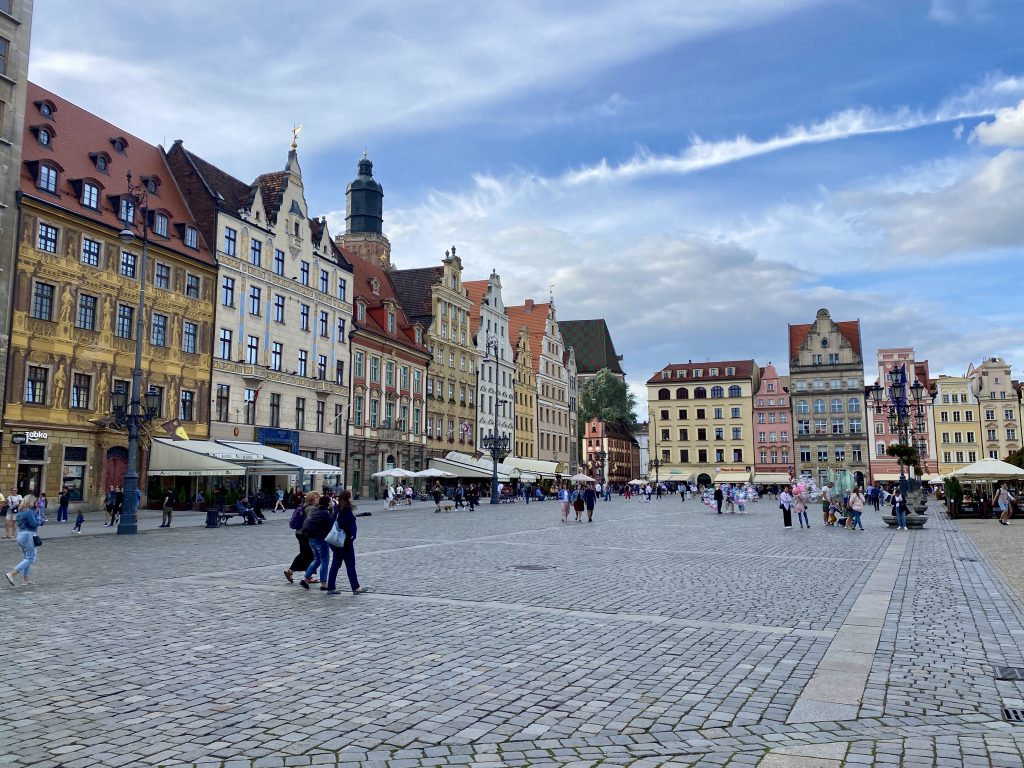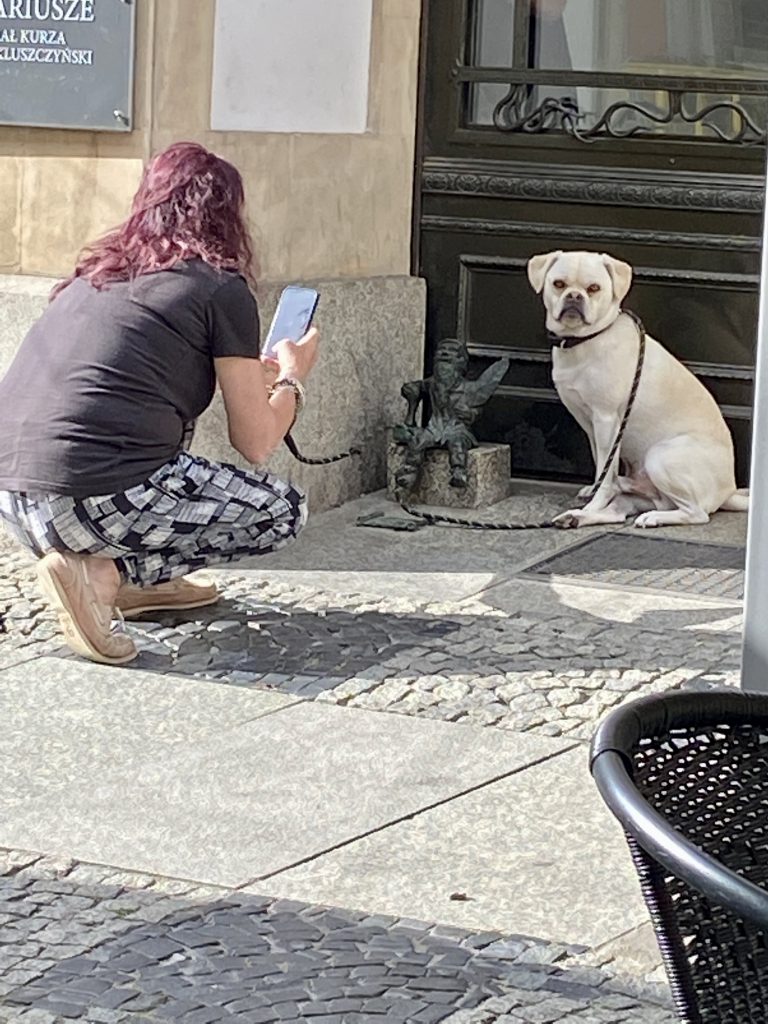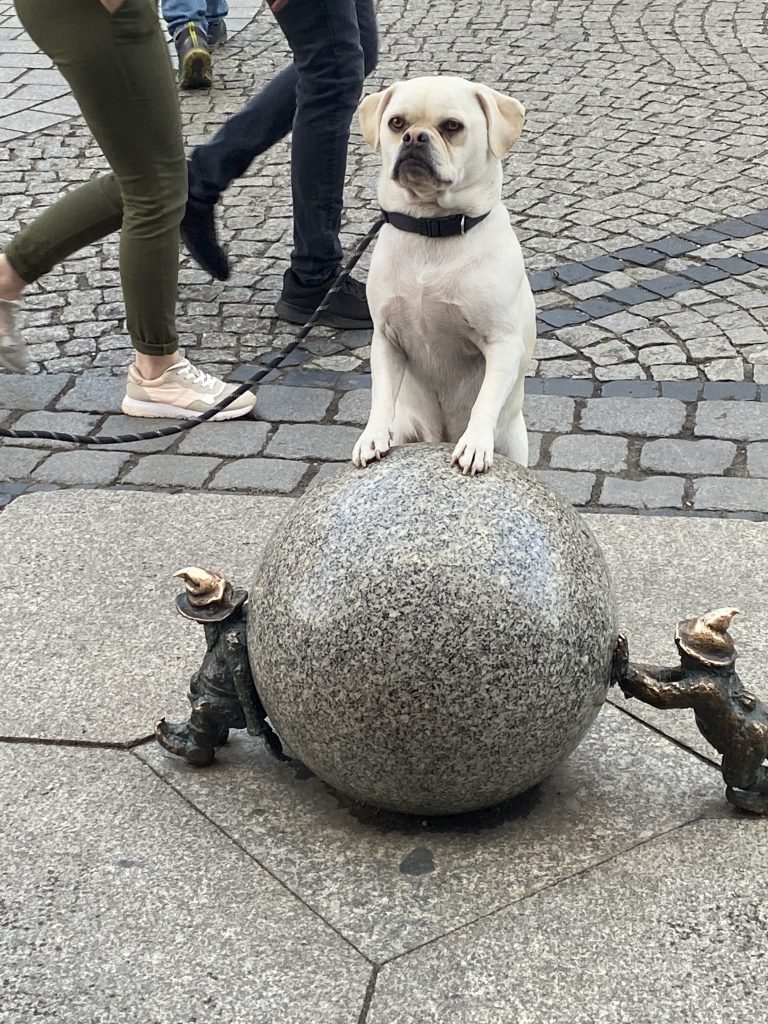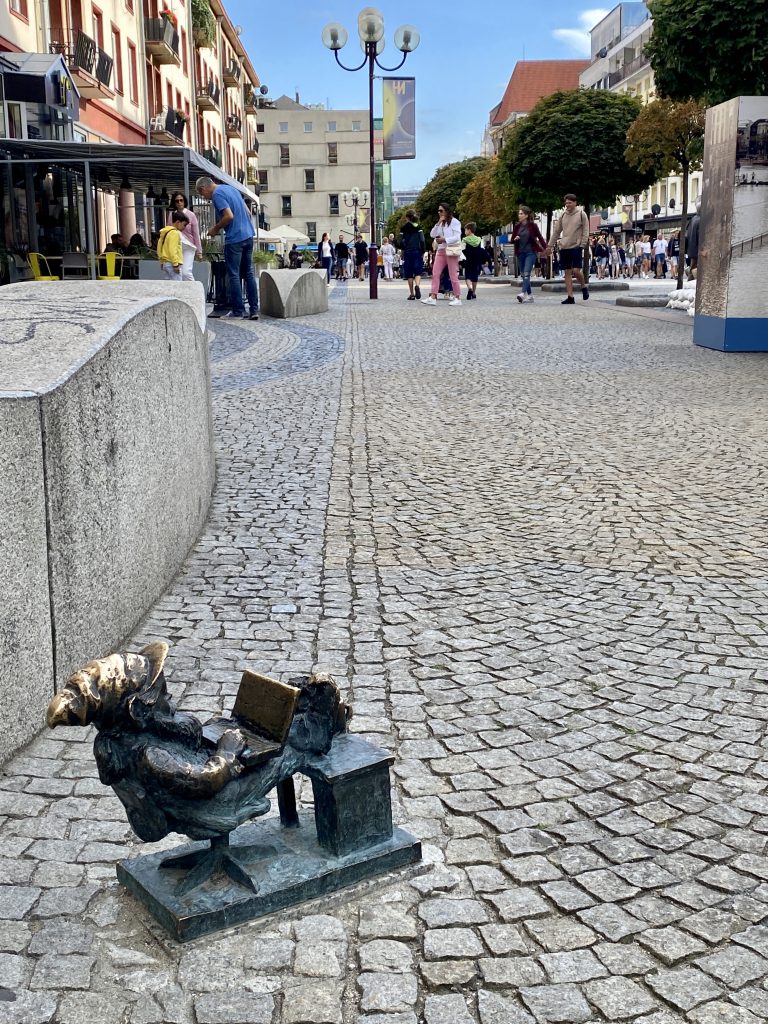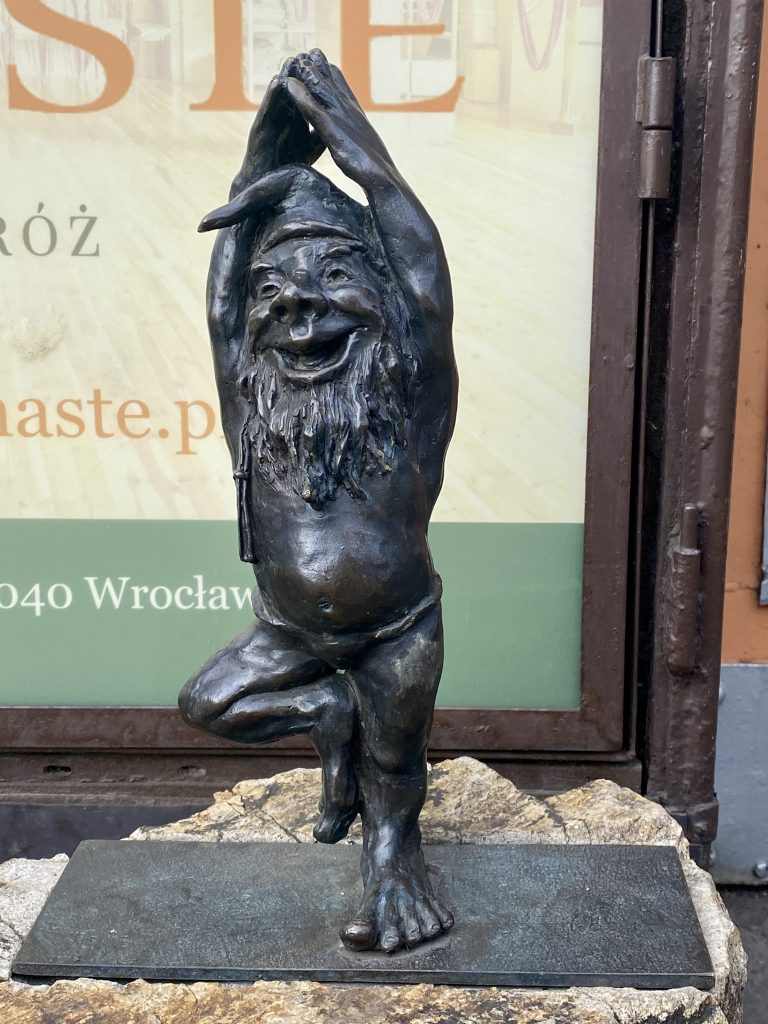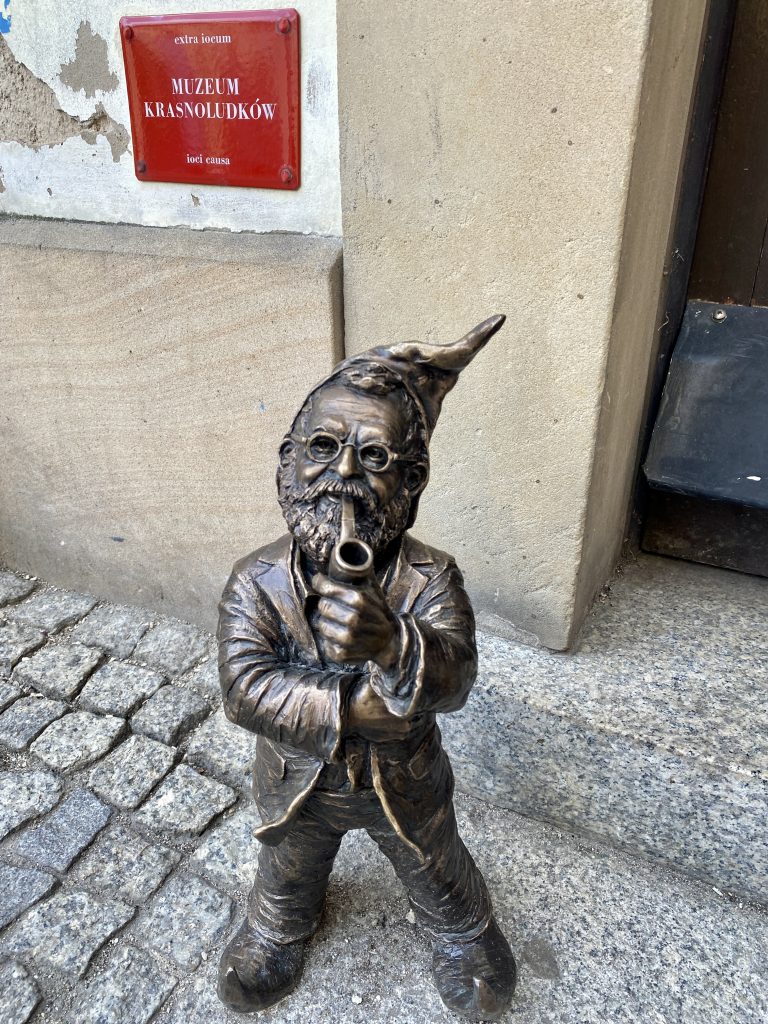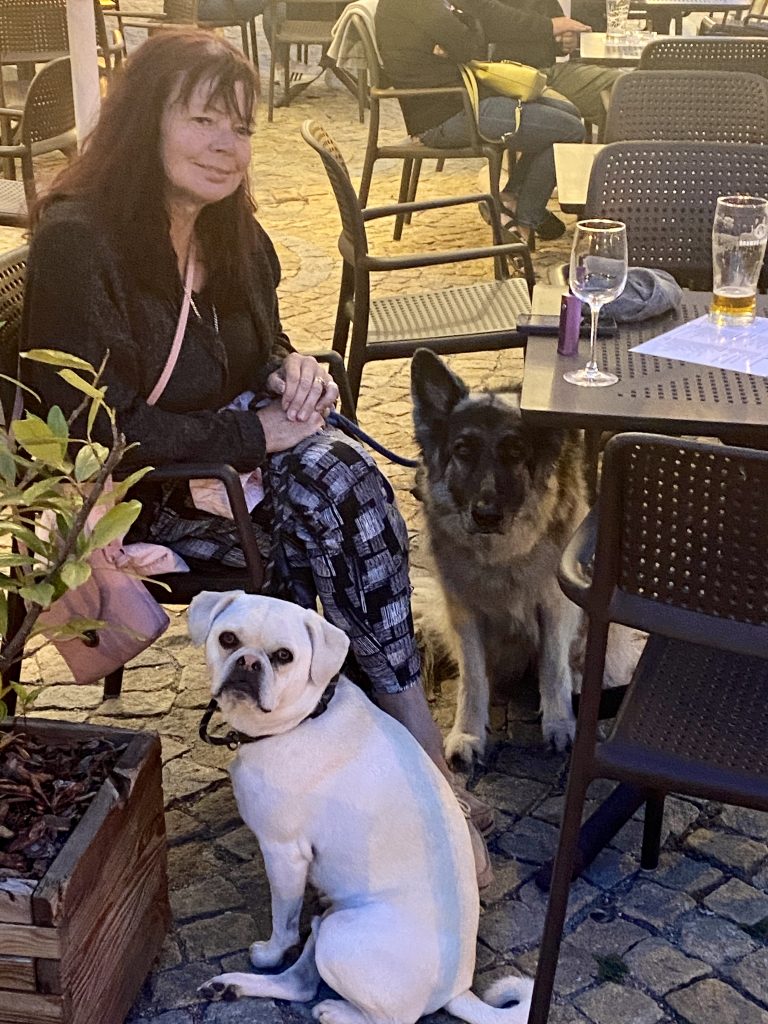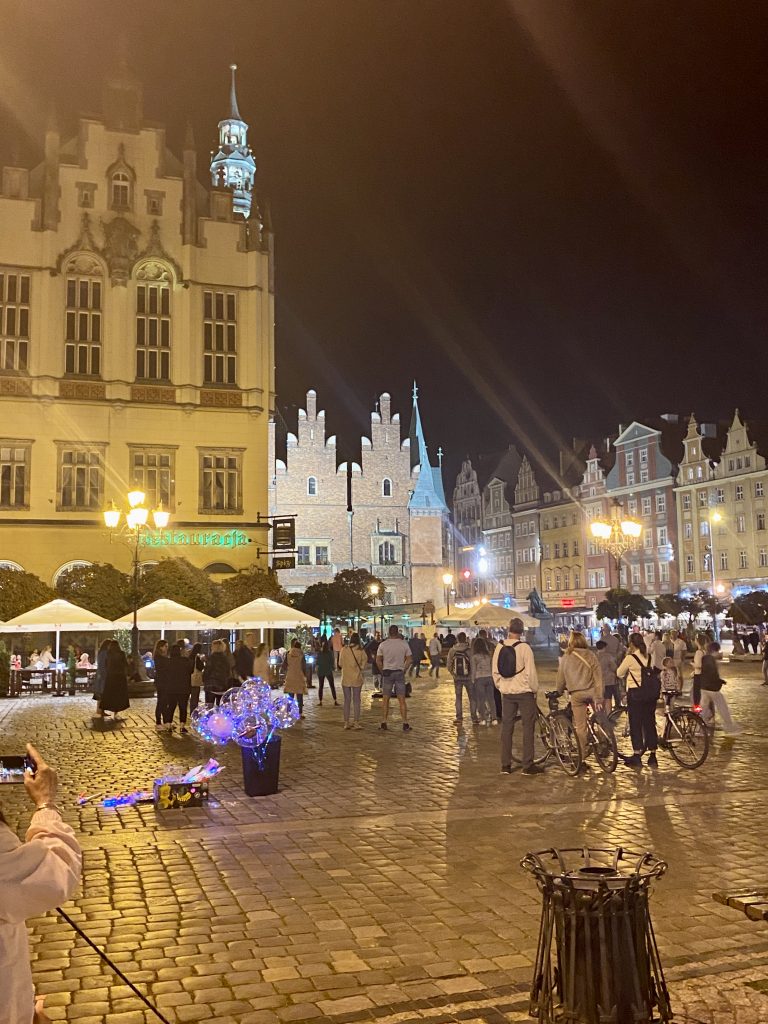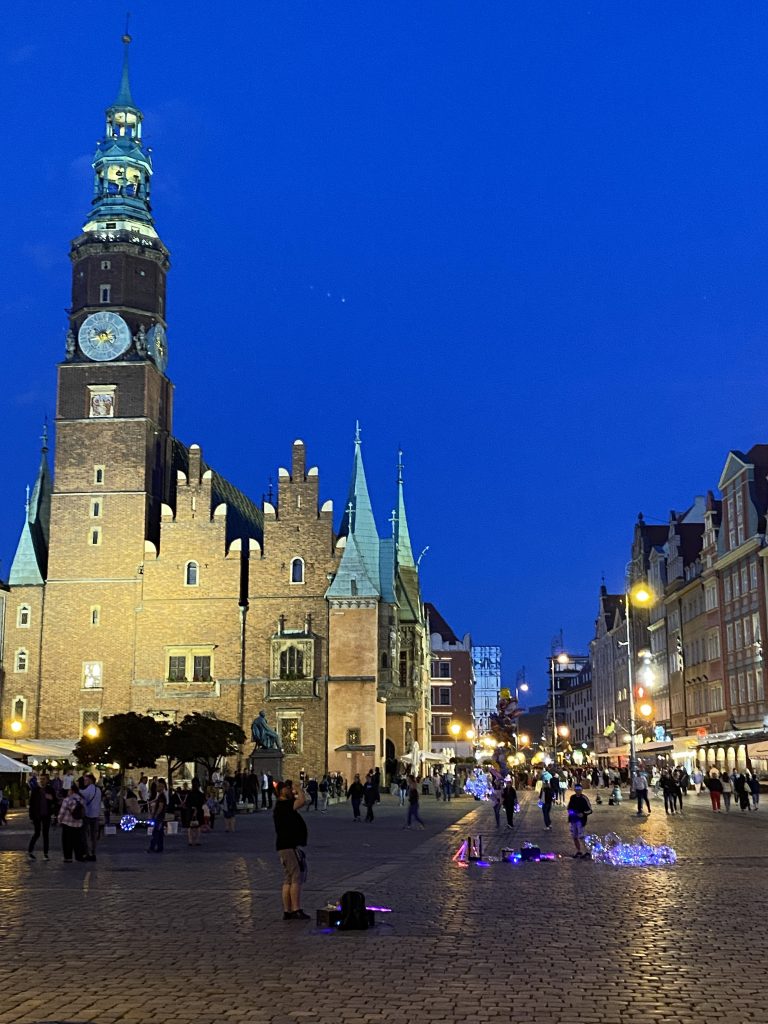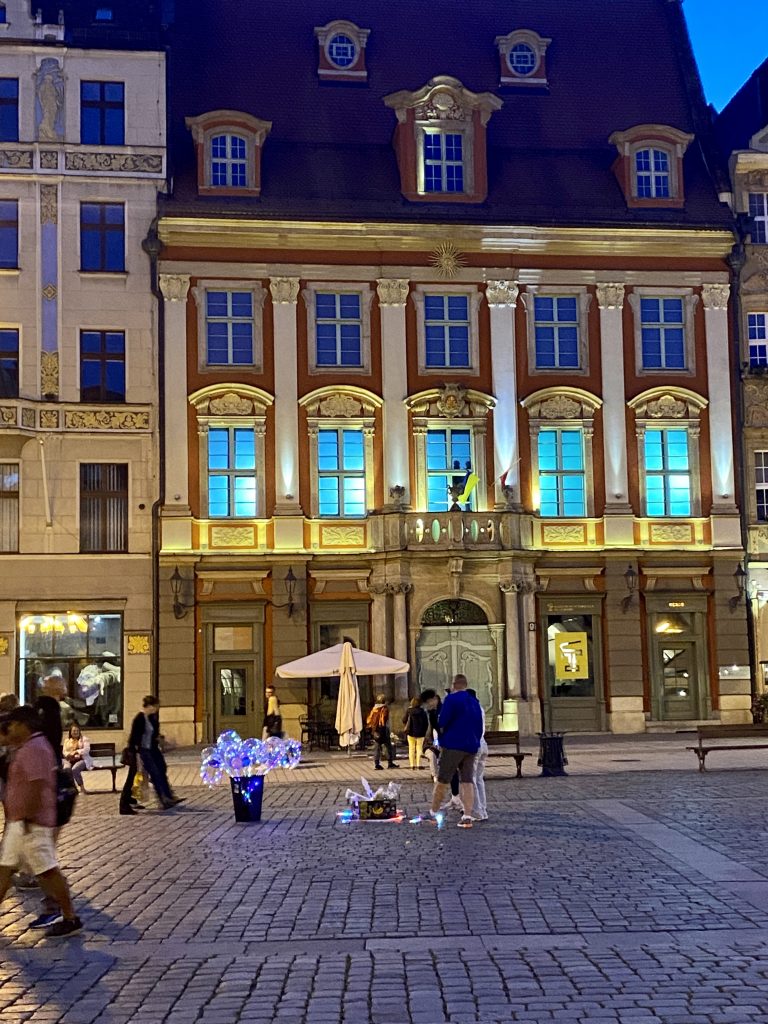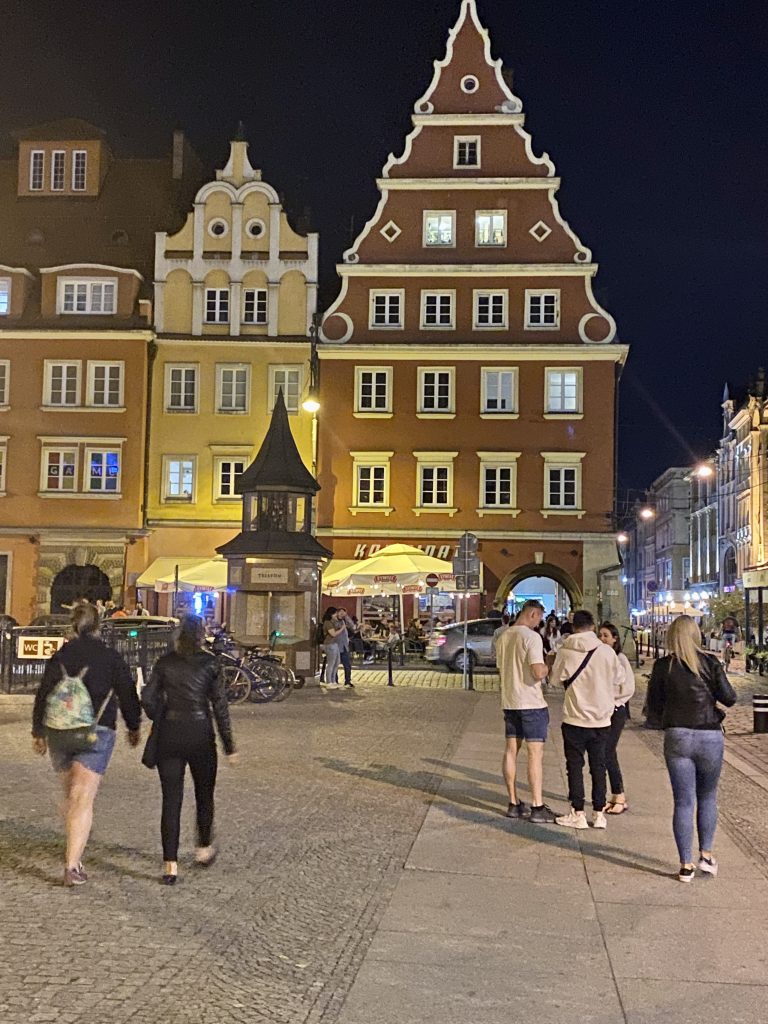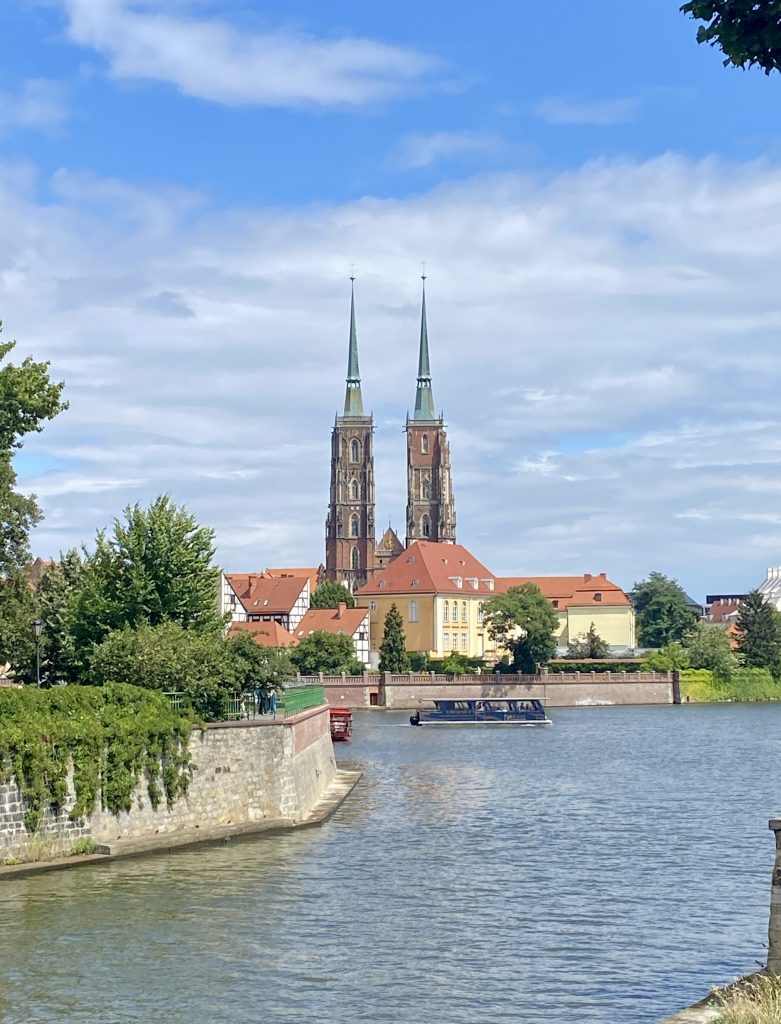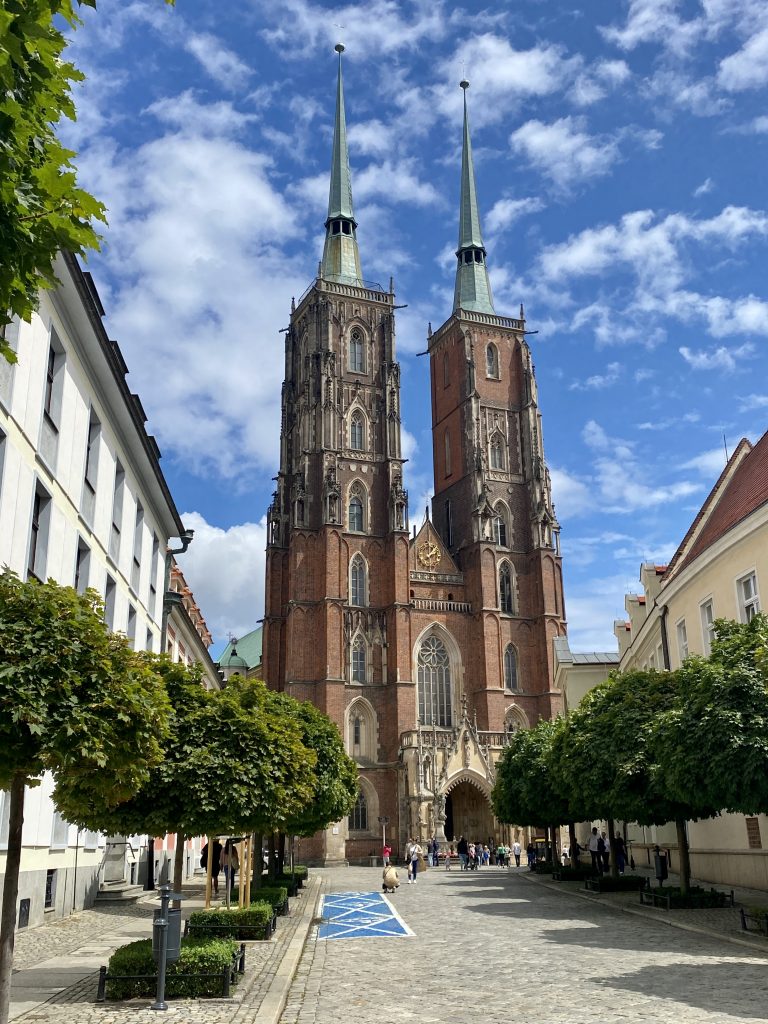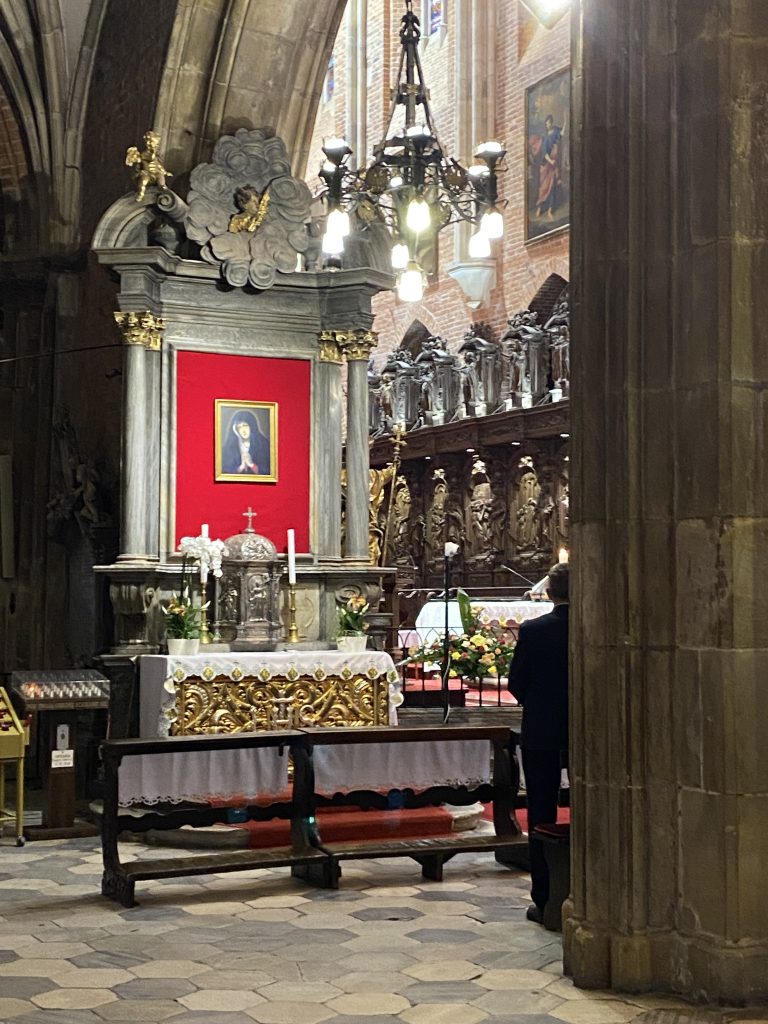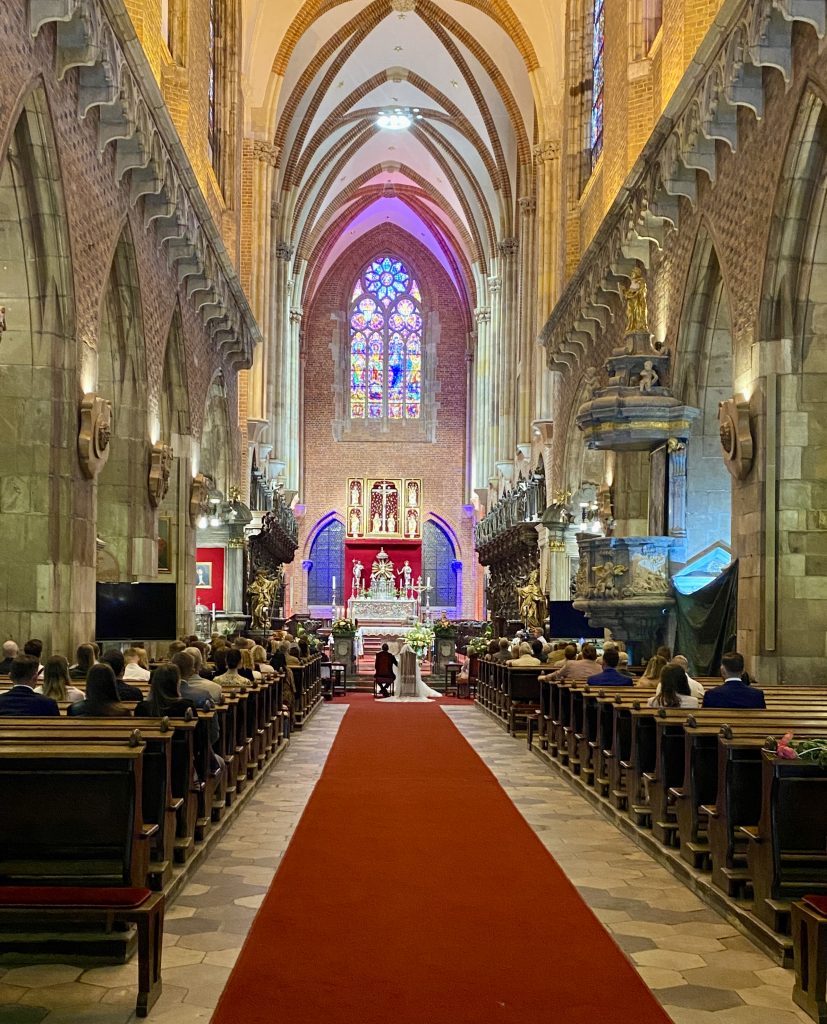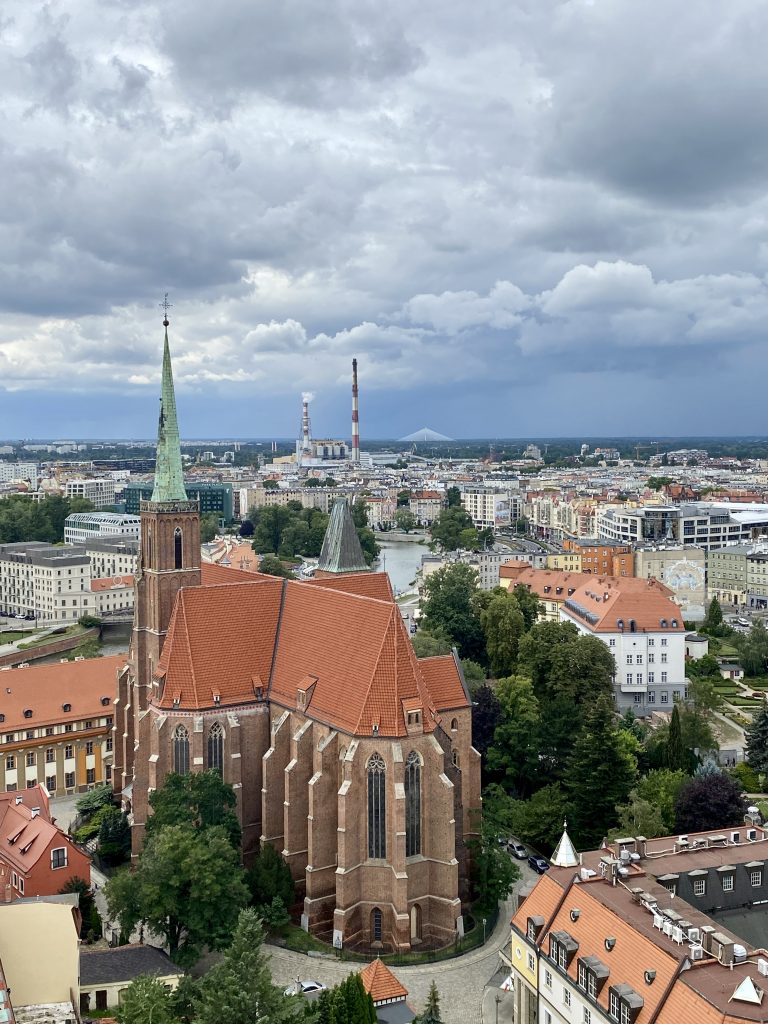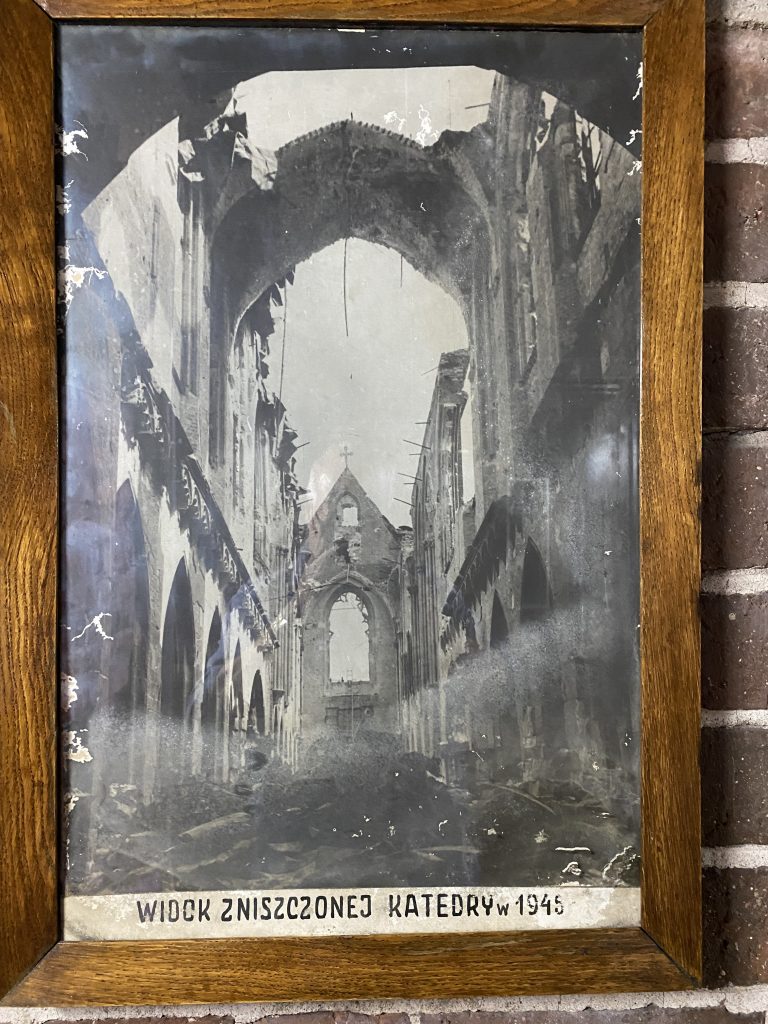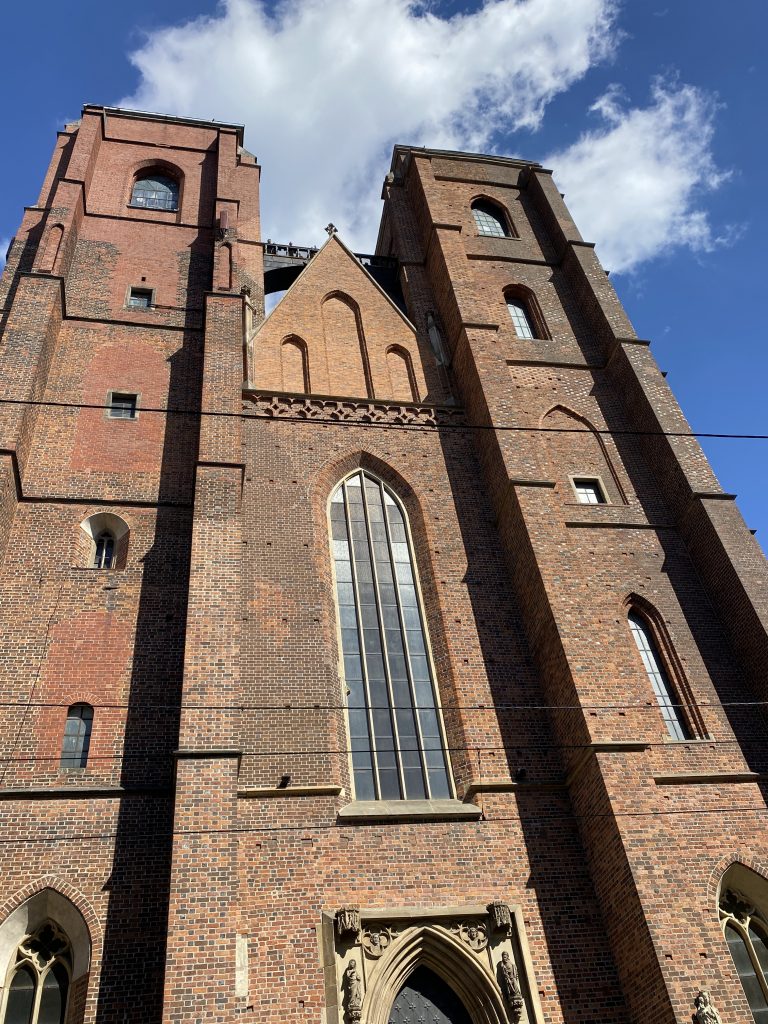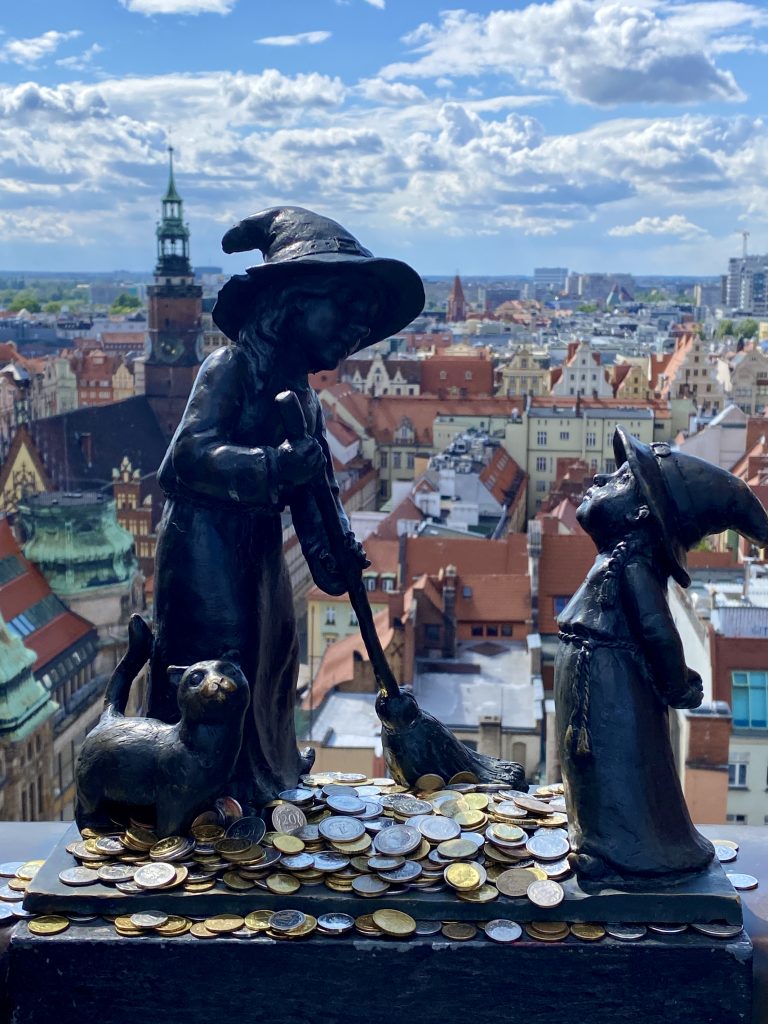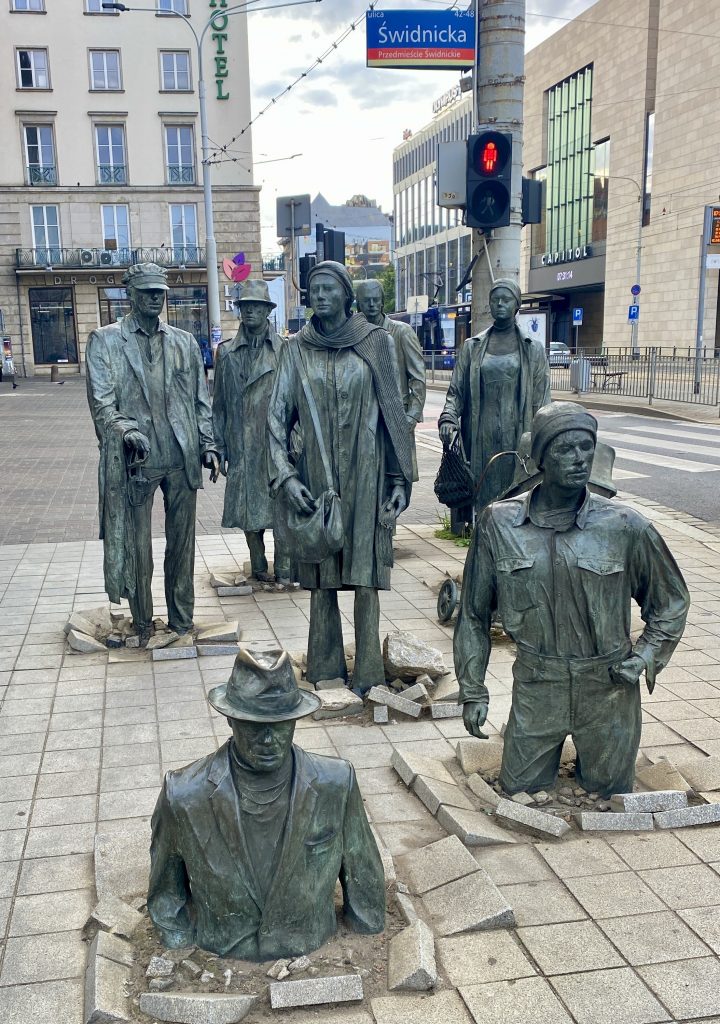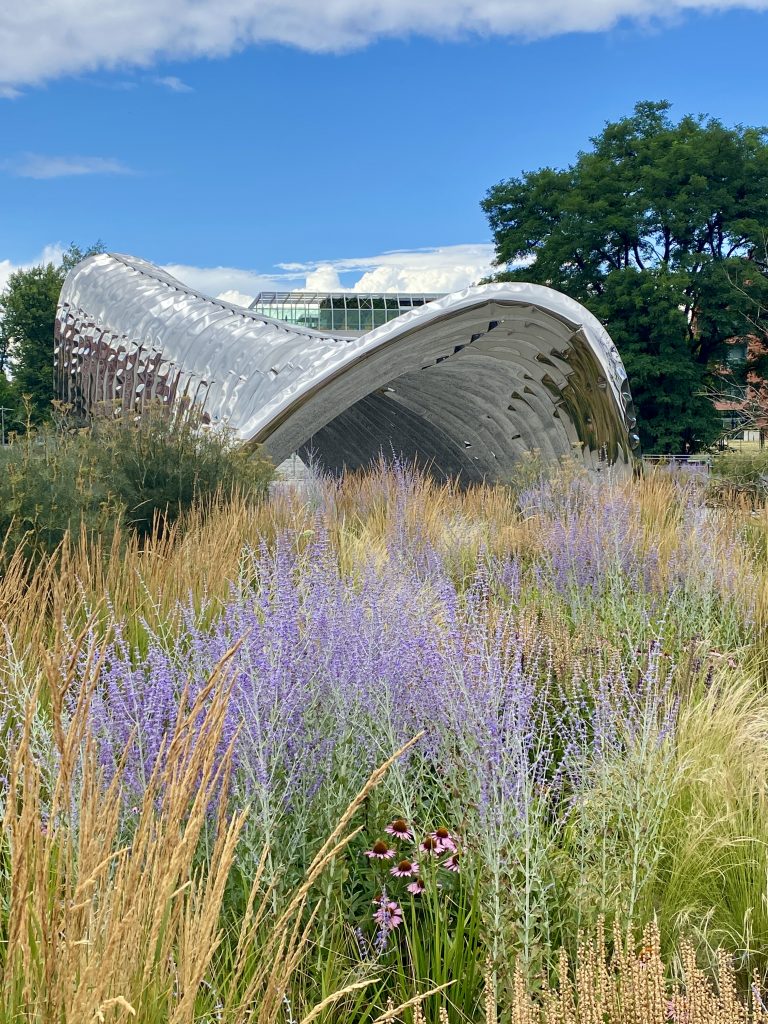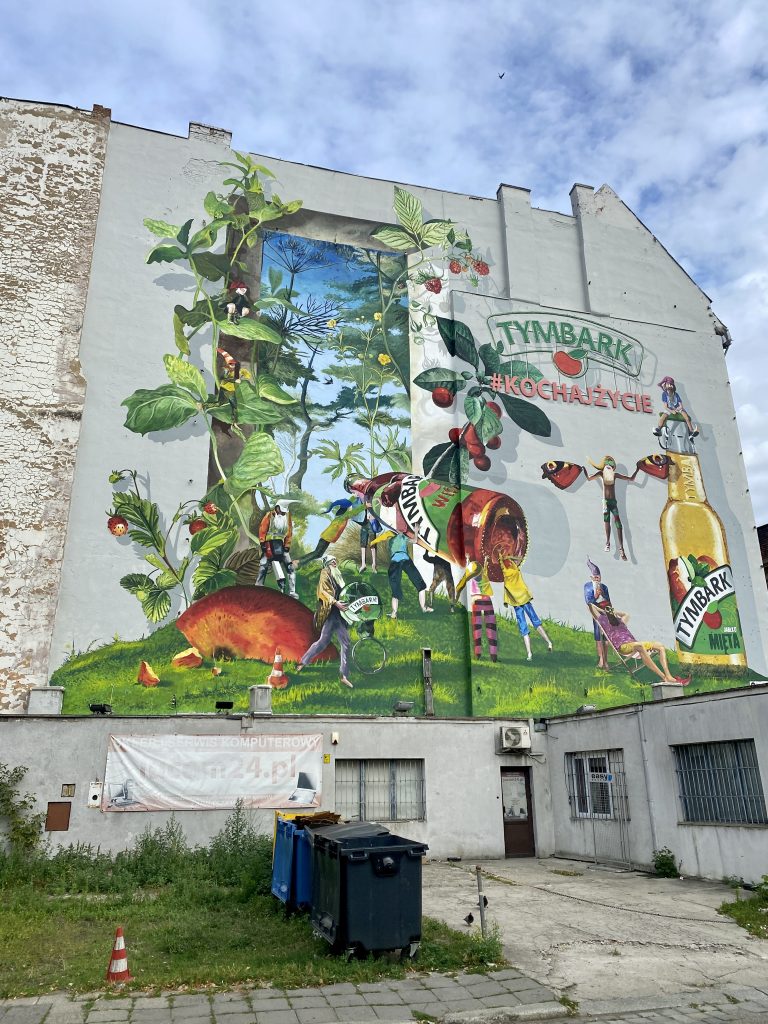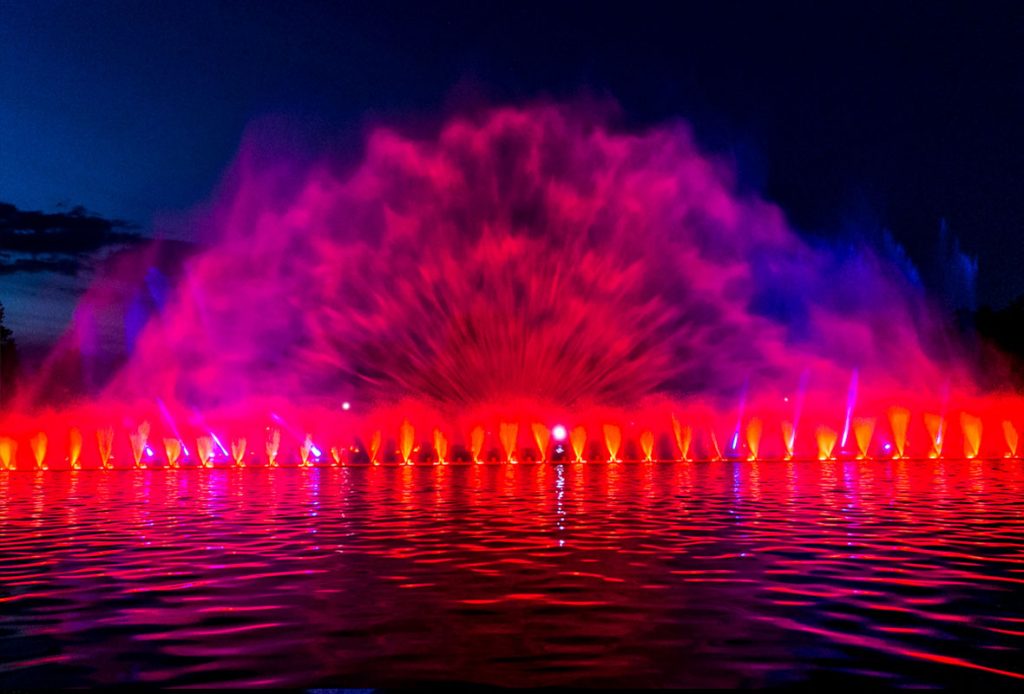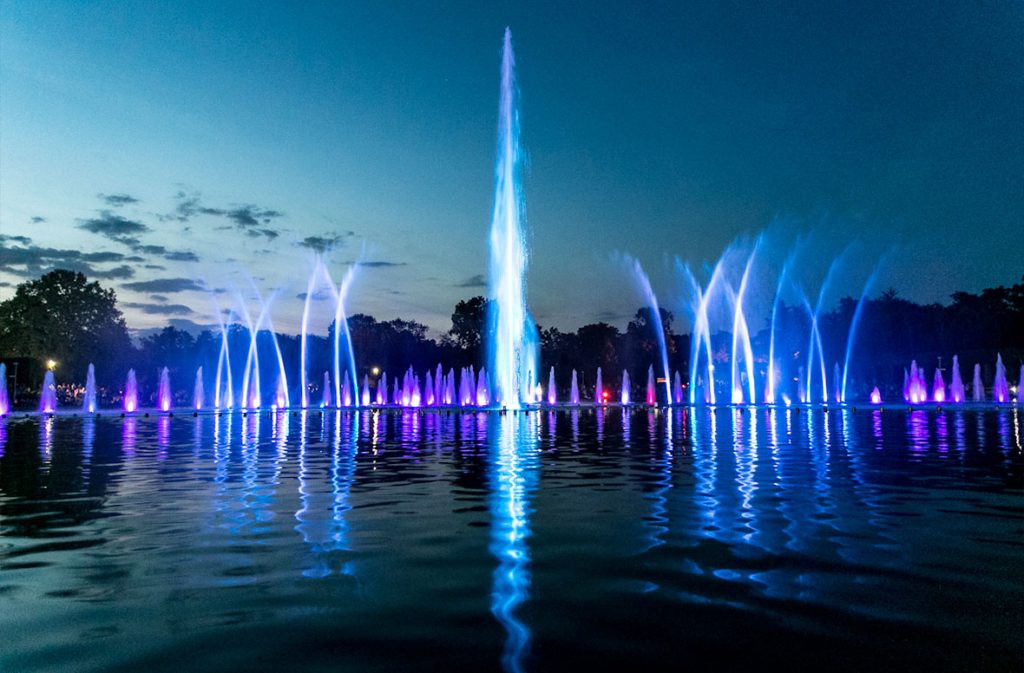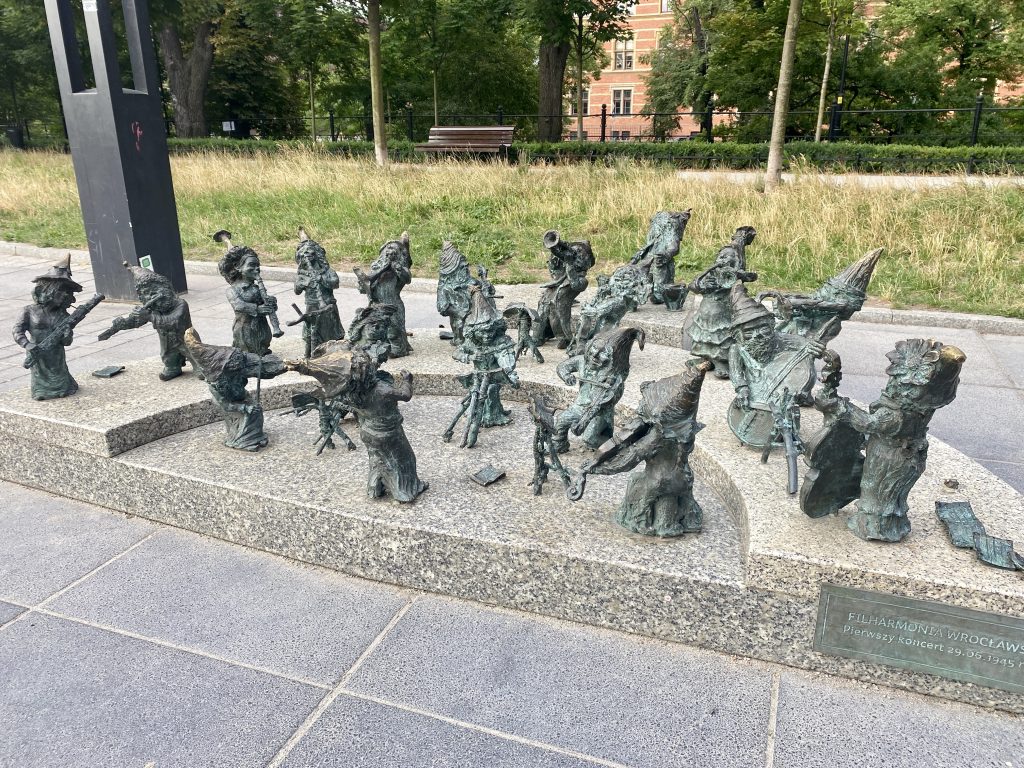This particular post is very much about the four star Hotel Cotto do Gatto at Grovelas in Ponte da Barca. We used it as an escape from the Van for a couple of days after crossing the border into Norte in north Portugal. That’s normal practise for us. Every 3 weeks or so during a tour, Vanya looks for a special kind of hotel which we can use as a base to explore the surrounding area from but, more important, a place where we can properly chill for two or three days (and colour her hair).
We have visited some wonderful hotels over the last few years and Hotel Cotto do Gatto ranks amongst the best. It totally exceeded our expectations. The owners and staff could not have been more welcoming and attentive to our needs and; our dogs, Nala and Beanie, were pampered beyond measure. This hotel has raised the bar so far as ‘pet friendly’ is concerned.
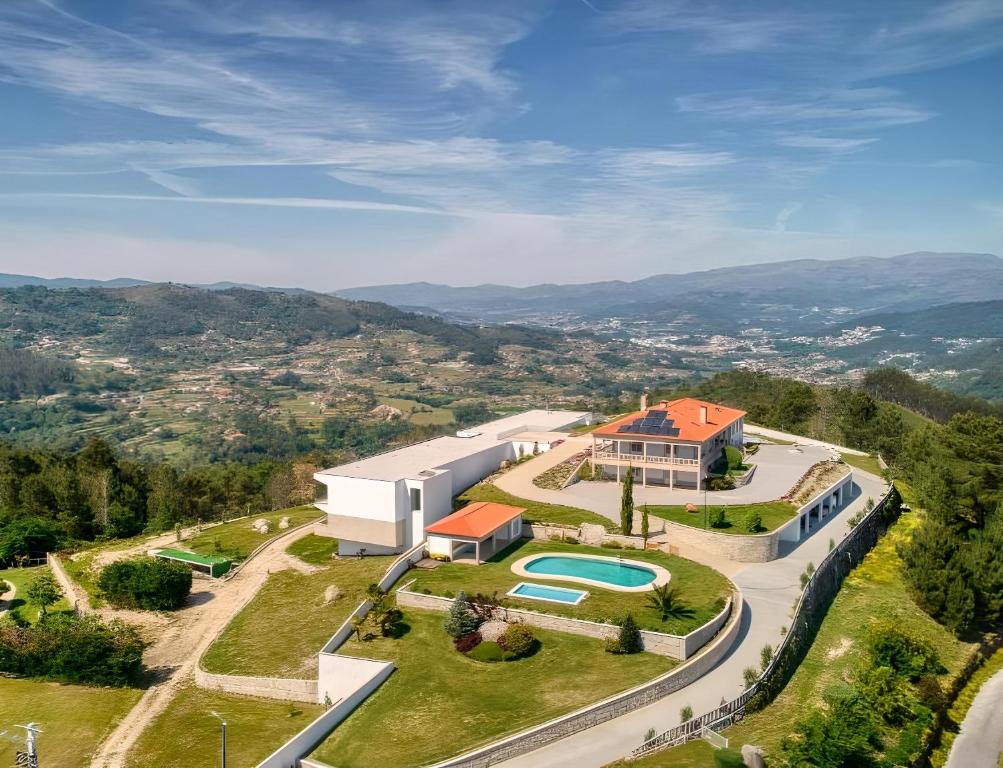
The hotel is set on a hill in spacious grounds and it is surrounded by spectacular scenery. There are numerous terraces and every bedroom has a sizeable balcony from which the views can be admired and; a nice touch this, all of the balconies face west such that the setting sun can be enjoyed from each bedroom. It really was quite something sitting on our balcony that first afternoon just taking in the views and, on the hour, listening to myriad church bells ringing out their tunes from every direction in the surrounding valley.
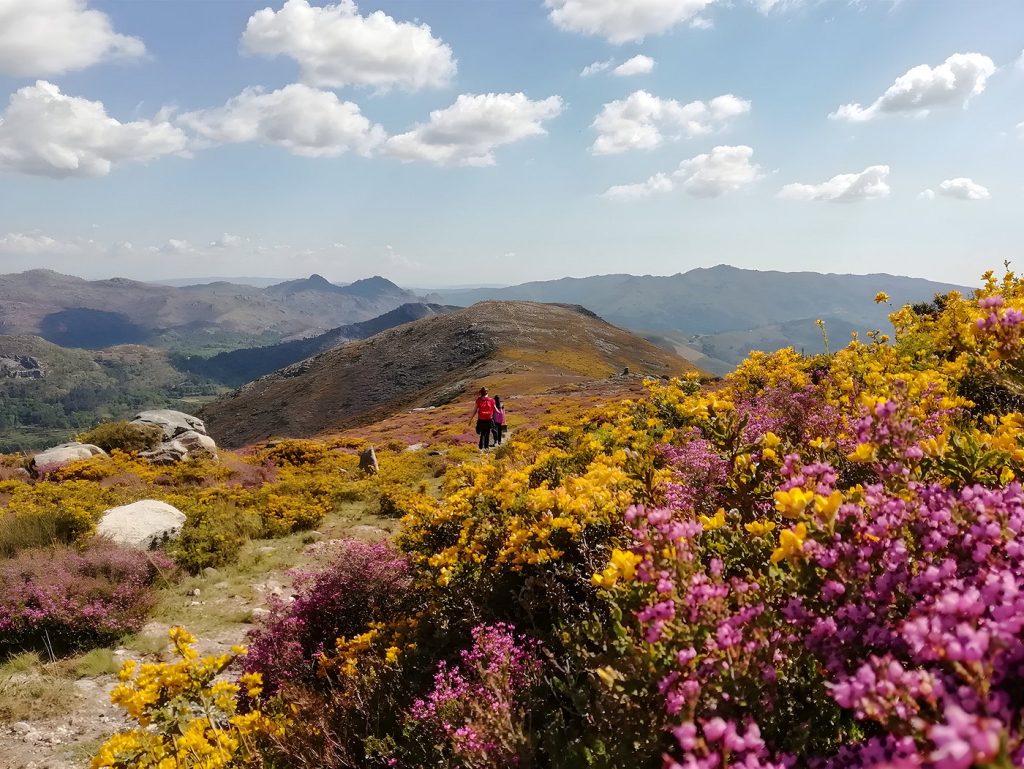
I didn’t have time to take many photos of the surrounding area because shortly after our arrival the mother of all electrical storms struck but, more about that later. I did manage some photos from the hotel gardens before and after the storms…
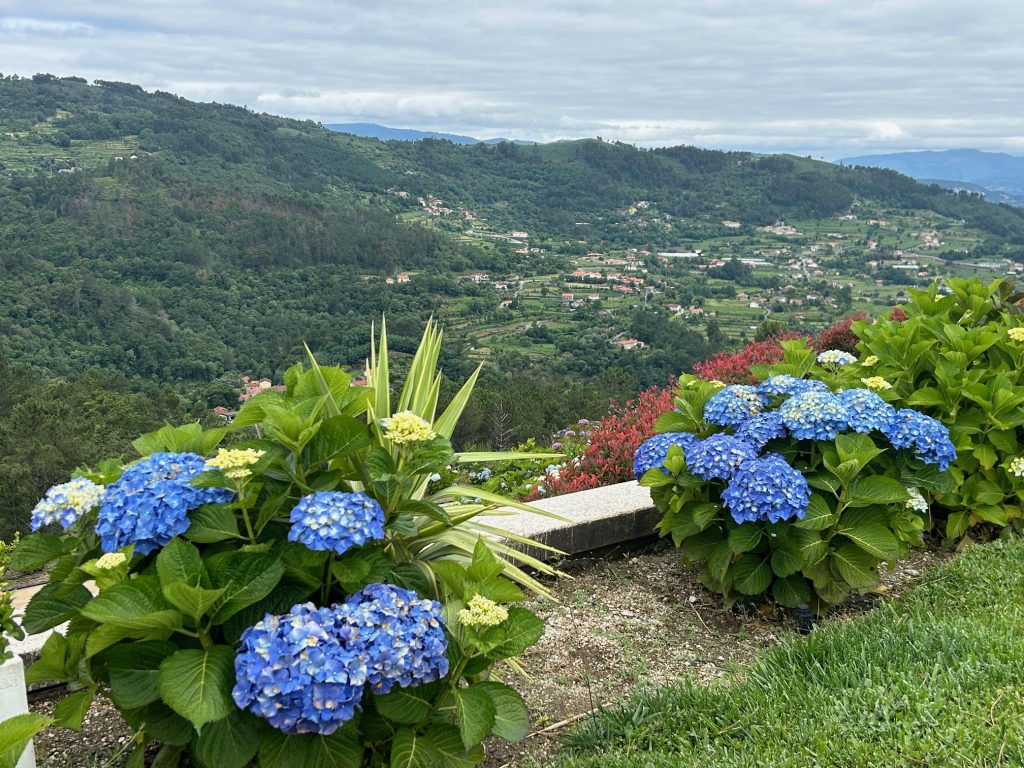
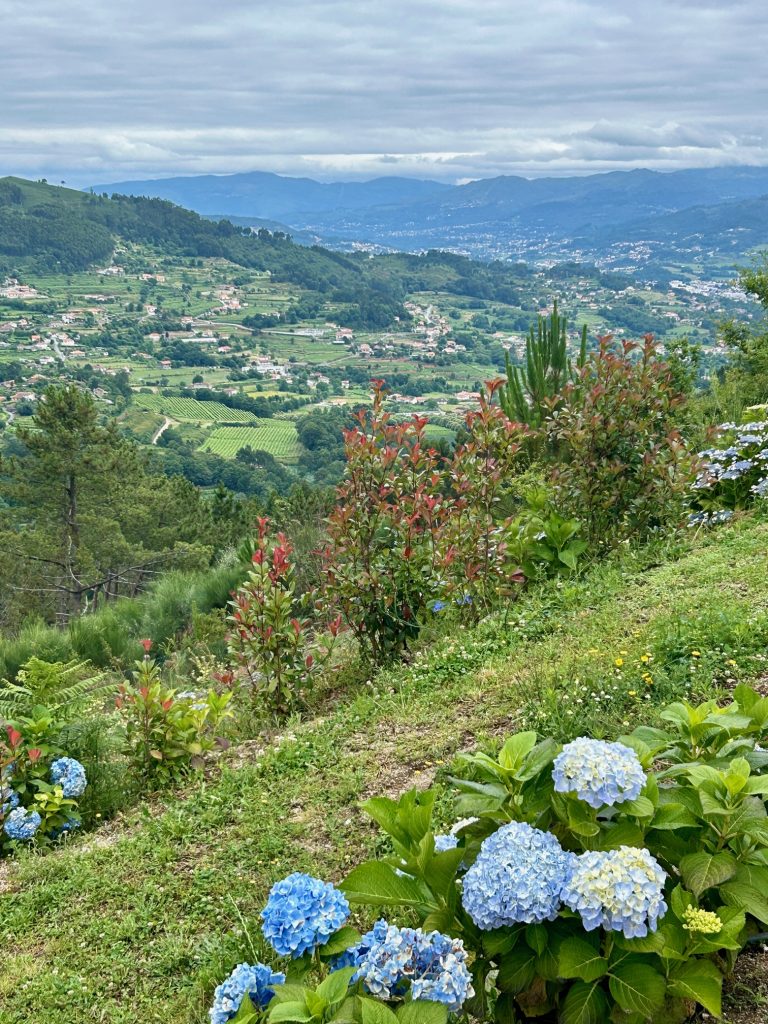
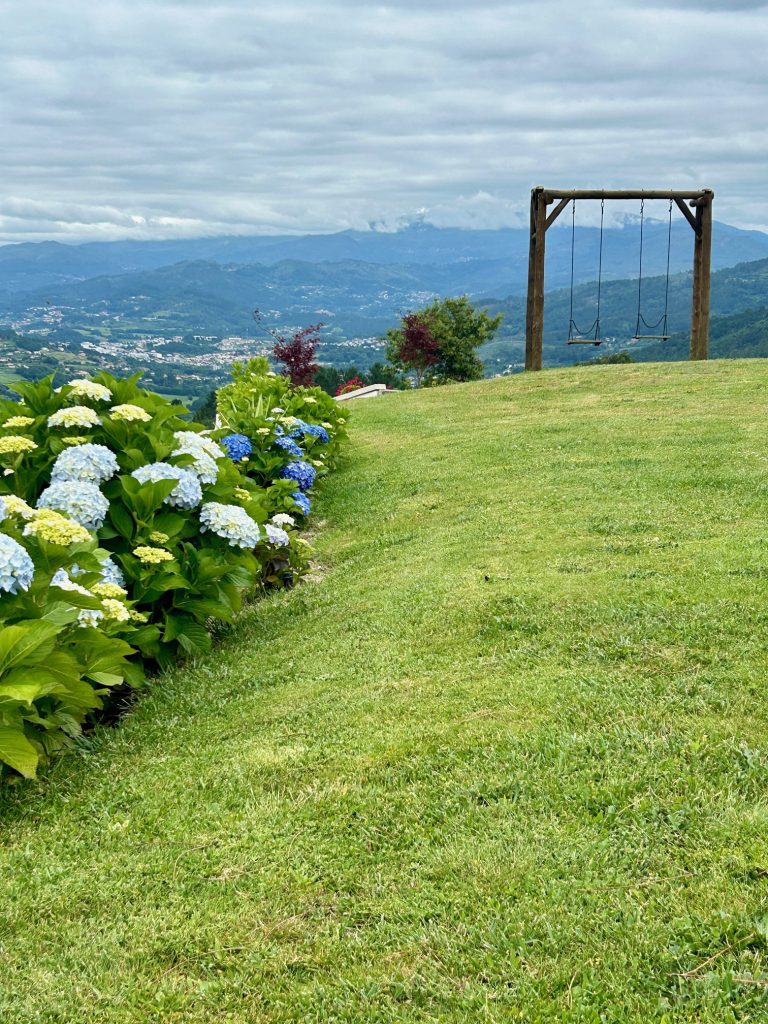

The hotel is relatively new having opened in June 2022. It’s a nice size with just 24 bedrooms and 4 suites and is tastefully furnished throughout (modern and stylish perhaps best describes the place) with all the facilities you need. What they don’t have they will get, as is evidenced by their arranging for a masseuse to visit the hotel after Vanya mentioned that I could do with one. He was bloody good too.
I think there are plans to add a spa area but, for the moment, the outdoor pools suffice. I think this is the first hotel we have ever stayed at where we have been allowed to let the dogs run free around a pool area. There were even pet beds and sun loungers for the dogs to use.
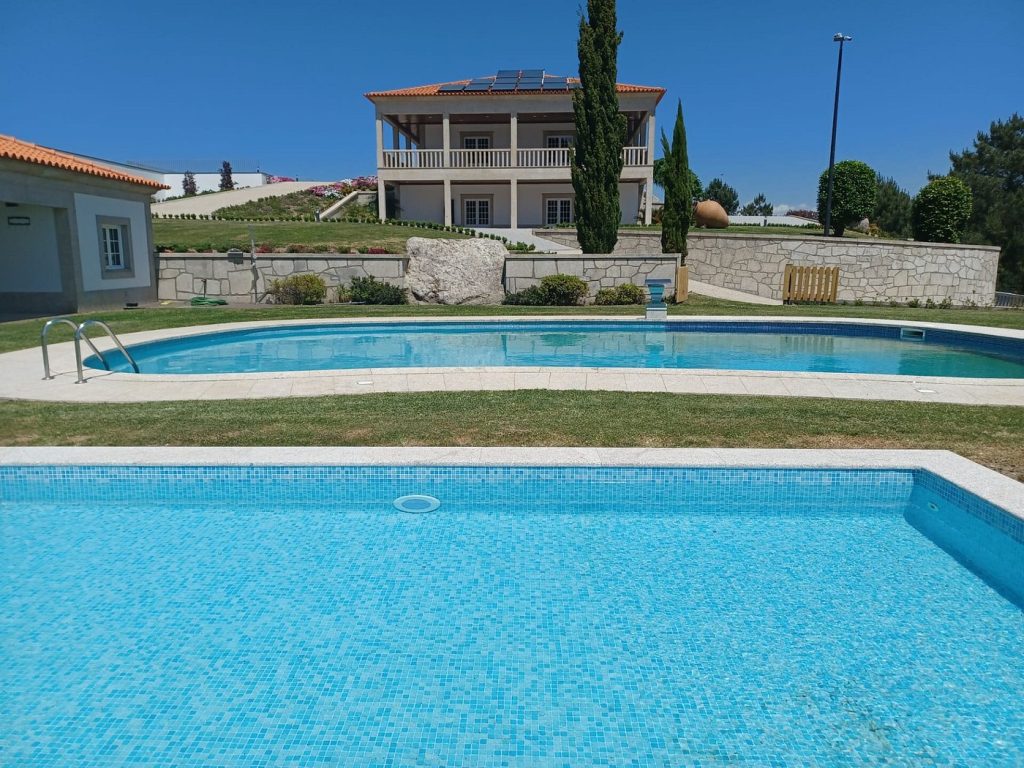
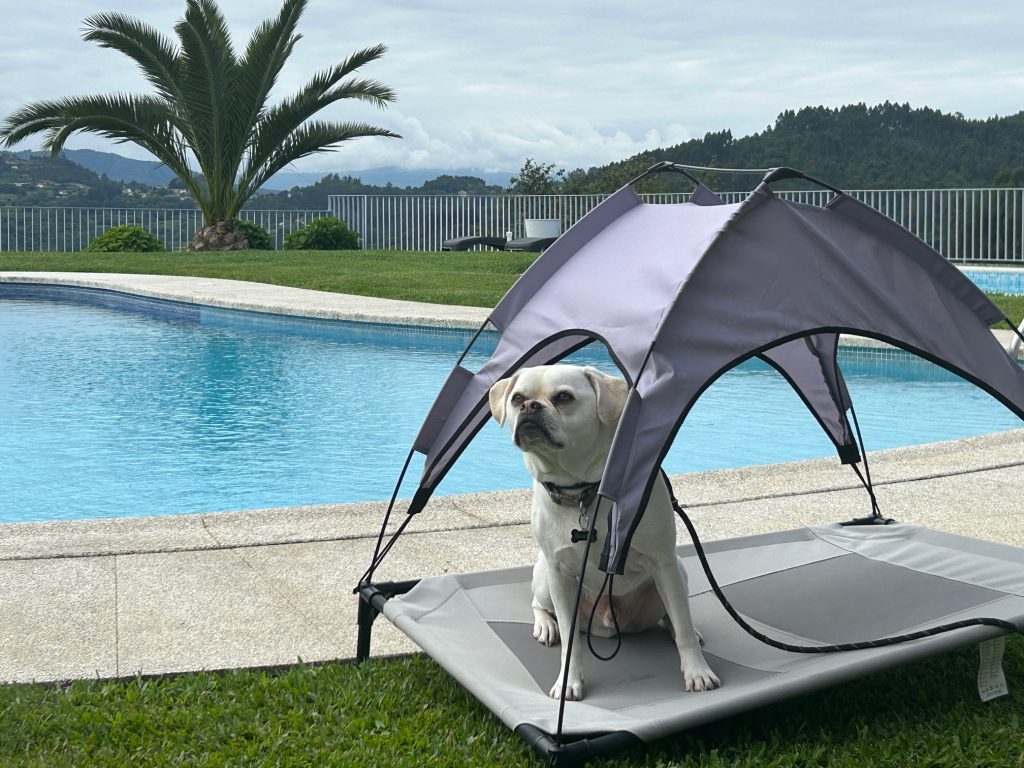
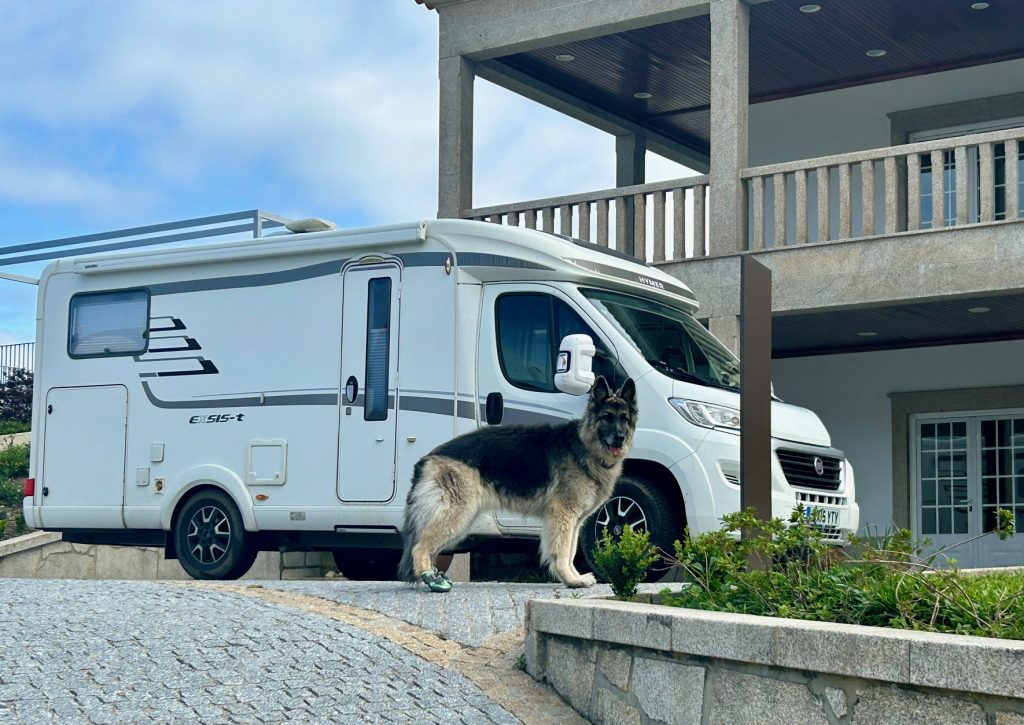
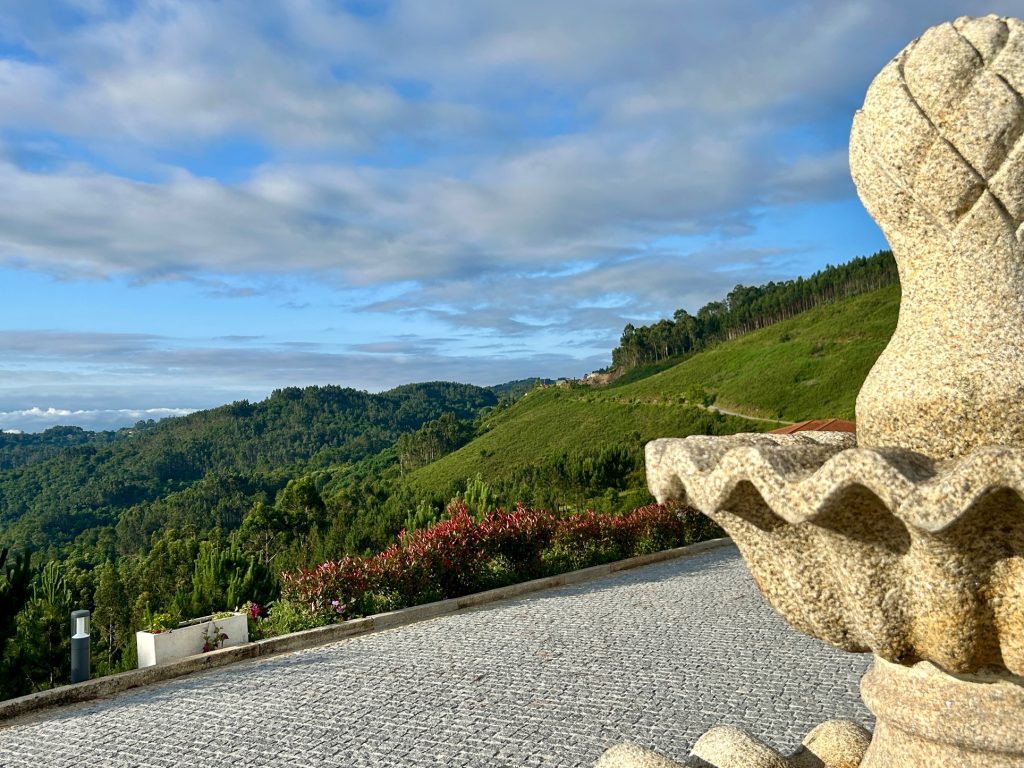
After a little wander around the hotel (with the dogs accompanying us), Vanya went for a lie down in our room while I repaired to the lounge/bar for a beer and to try and catch up with my blog. I did that a few times over the next two days, trying no less than 3 different bottled beers on the way (and failing to complete a single post). My two favourites beers were the Sagres and a Lagunitas (which was originally a Californian craft beer but was sold to Heineken a few years ago) with the Sagres just shading it.
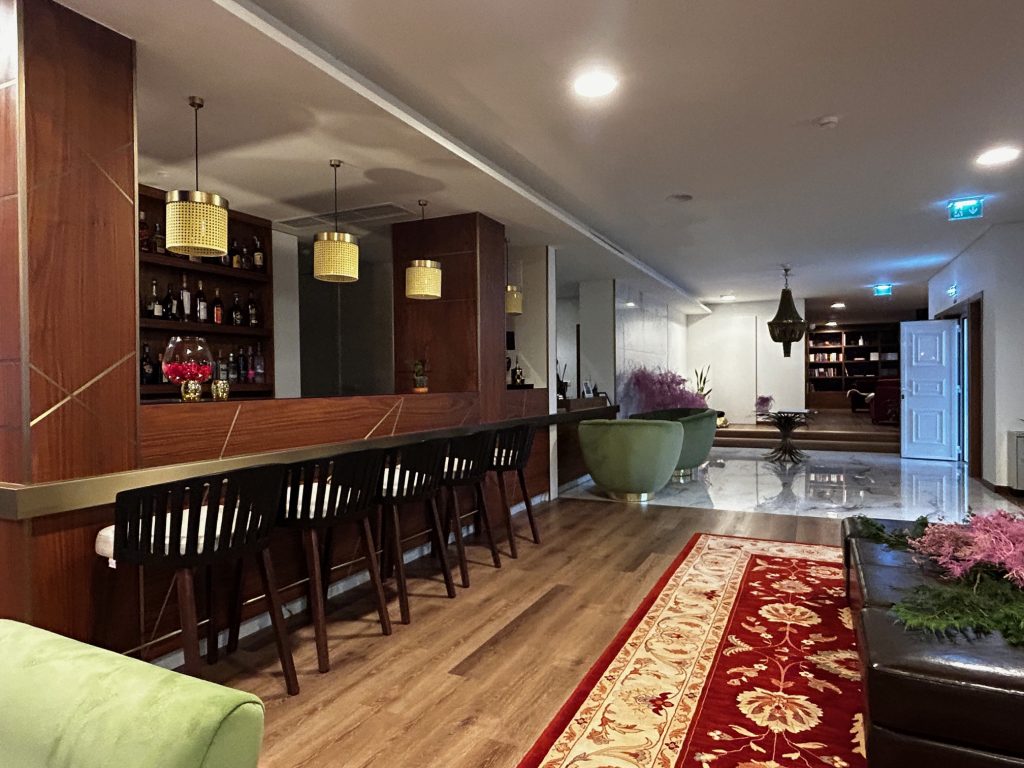

Whichever beer I was served, it came with Portugal’s favourite pastry, a ‘Pastel de Nata’. That’s an egg custard tart to you and me but that description does not do them justice. They are truly scrumptious and, together with a handful of smarties, go perfectly with a cold beer. I’ve had a few of these pastries in Spain but they don’t compare. In 2009 the Guardian newspaper listed the Portuguese Pastel de Nata’s amongst the 50 best things to eat (and there’s me, after at least four previous visits to Portugal, never having eaten one before). Shameful.
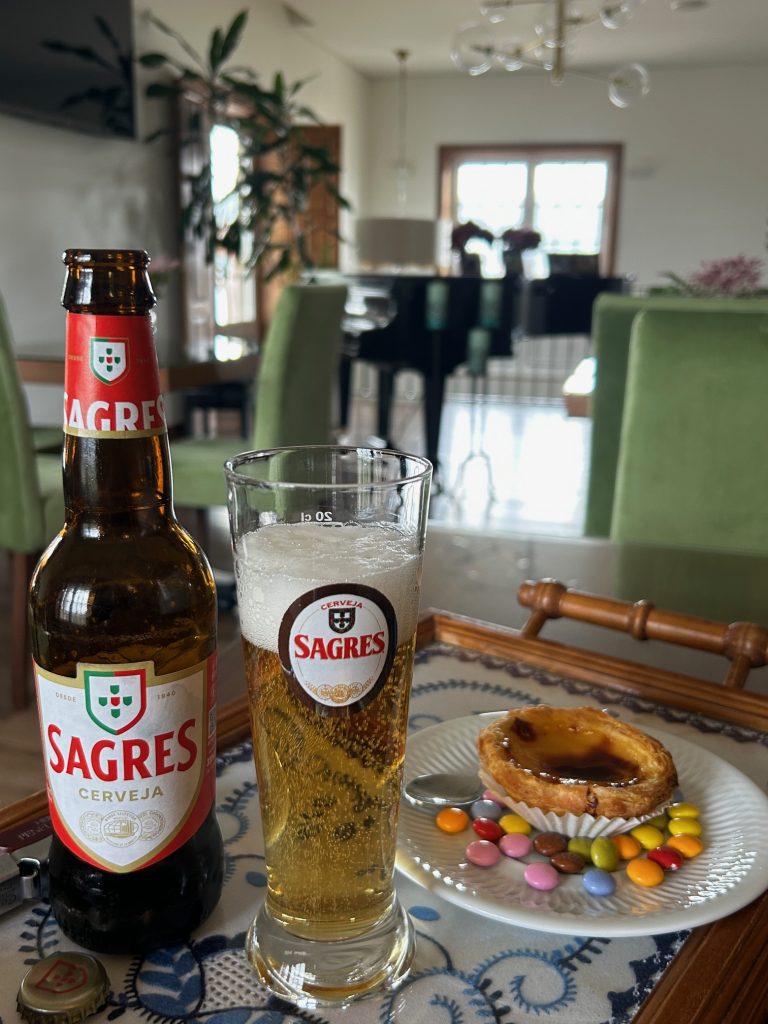
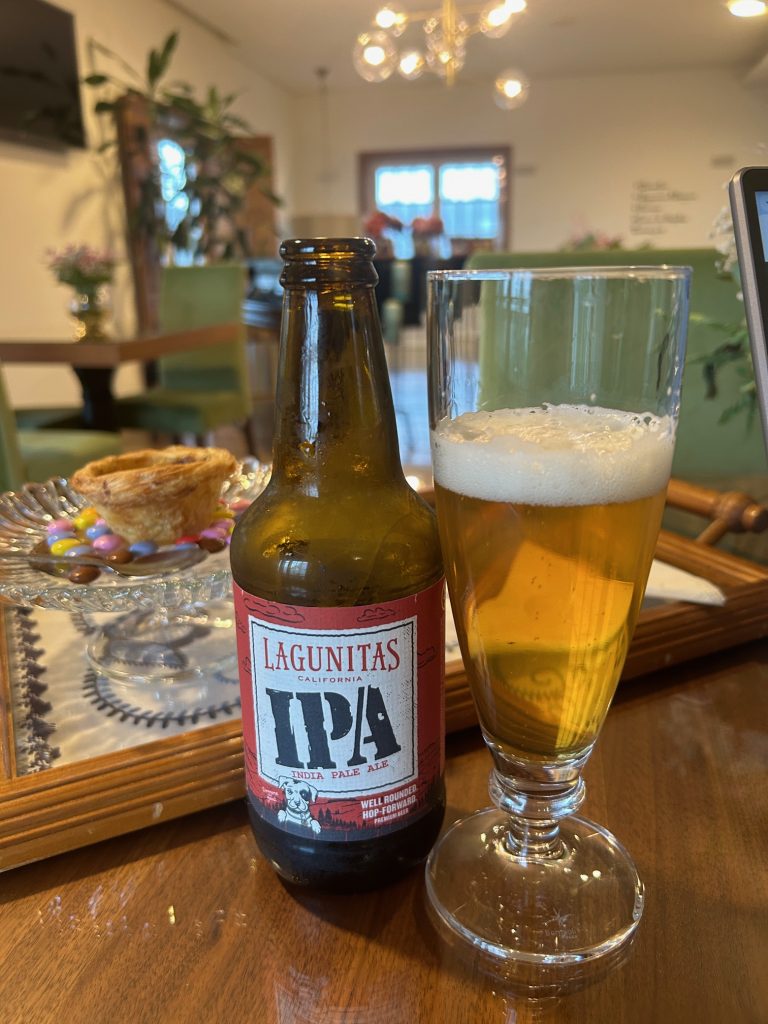
Talking of food, the hotel has a really good restaurant, the Sant’Ana. We didn’t actually get to eat in the restaurant because the heavy thunderstorms prevented us getting across to the restaurant building but; we chose from the menu (same as normal) and the excellent and very well priced food was then delivered to us at a made up table in the lounge bar, complete with the appropriate local wines. I was tempted to try the restaurant’s speciality dish, ‘Naco a Terras da Nobrega’ (that’s grilled veal with a chestnut puree, sautees green vegetables with nuts & red fruits and a reduction of the local Vinho Verde wine) but; I simply couldn’t have eaten it on my own. It is huge! It could feed three people at least. Instead, I went for a fillet steak because they were selling that dish in half portions but; even then, I couldn’t quite finish it. It too was humongous! Vanya went for a fish dish which she said was delicious but, she too was served enough to feed two people. There were at least three large fish fillets on her plate with chips, a fresh local salad and a large bowl of rice. Mind you, the hotel served her a lovely local wine – a Papa Figos Vinho Branco 2022 by Cassa Ferreirinha. I helped her with that.
We visited Lebanon a few years ago (Beirut and Byblos) and I recall being mightily impressed by how much the Lebanese people love their food (and partying, of course) and I was overwhelmed by the amount of food I was served throughout our all too short stay. I tell you now, when it comes to food I think the Lebanese may have some competition from the Portuguese.
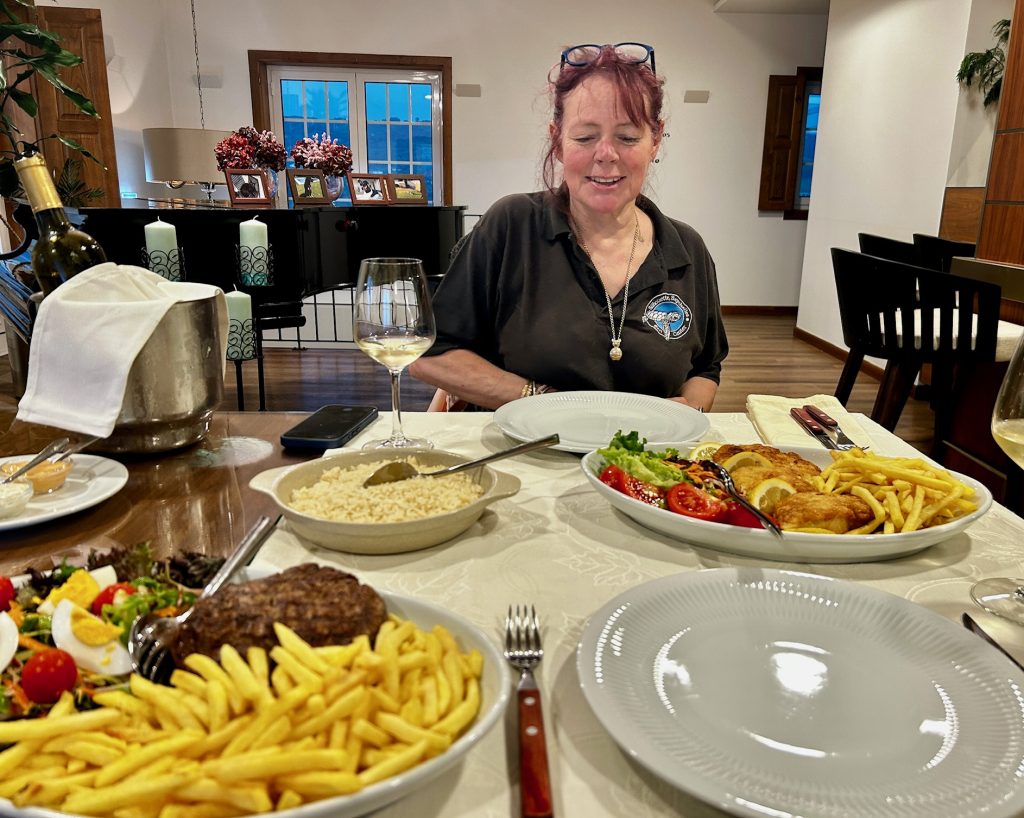
And breakfast? Breakfast was served in the Breakfast Room down on the ground floor. We were offered a hot breakfast and Vanya opted for freshly cooked bacon and eggs but I went for the cold buffet. The range of food on offer was fabulous. I don’t think I have ever eaten so much cheese and fruit in one sitting. Oh, and a couple of Pastel de Nata’s to finish breakfast off.
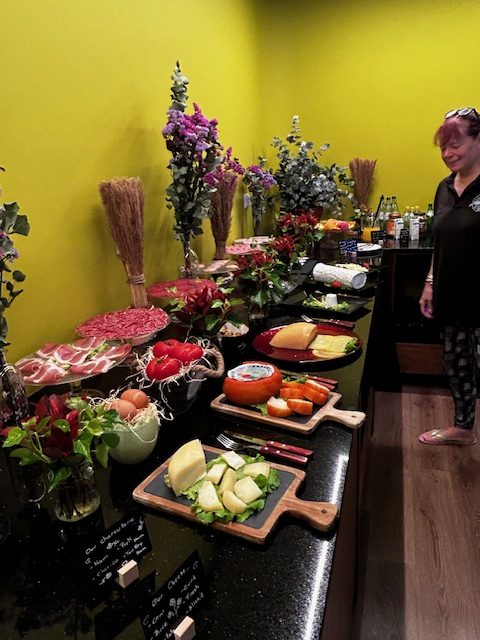
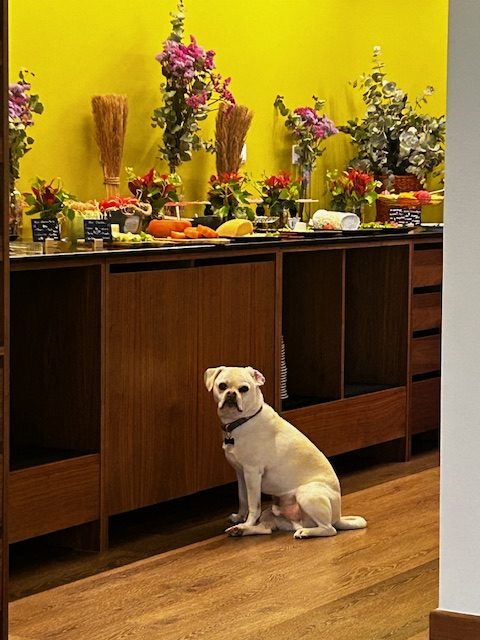
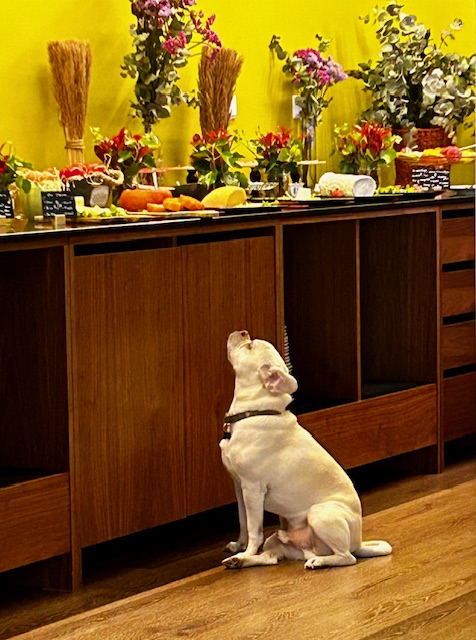
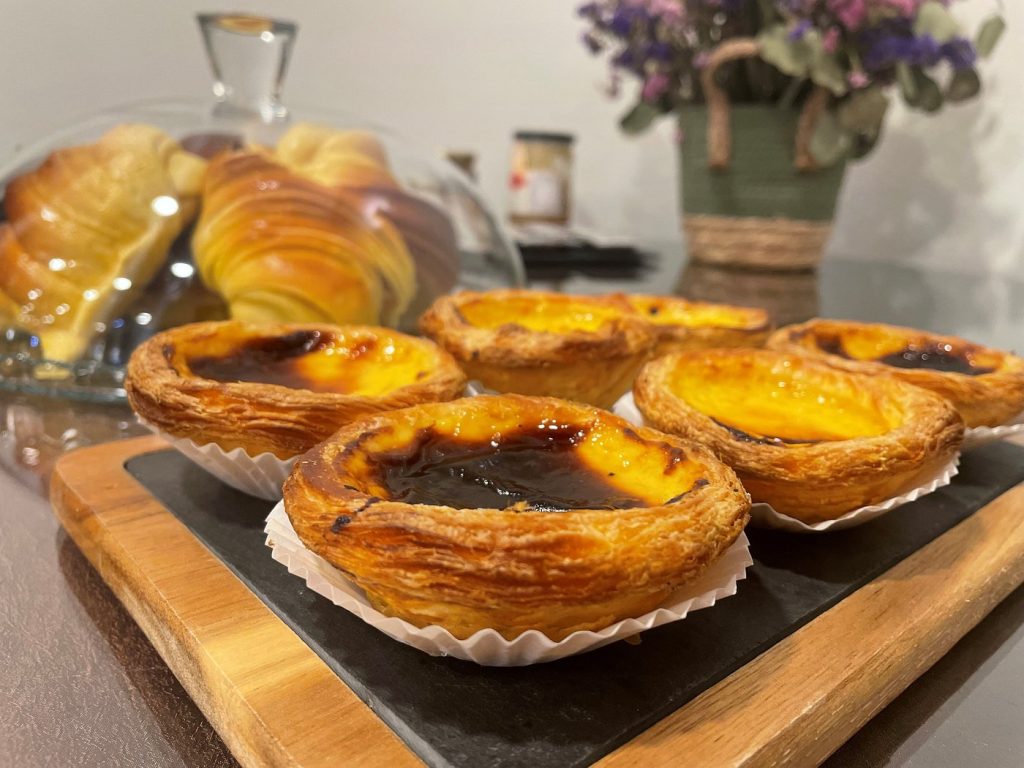
We really enjoyed our stay at the Hotel Cotto do Gatto and we will definitely return in the Autumn. Everyone in the hotel went out of their way to make us feel so welcome. In these circumstances it seems inappropriate to single anyone out for particular mention but, I’m going to thank Filipa by name. She kept me well supplied with the Pastel de Nata. Thank you Filipa. Thank you Hotel Cotto do Gatto.
I mentioned previously that we used Grovelas as a base from which we could visit a couple of other places. Whilst there we drove out to Ponte de Lima (which is the oldest chartered town in Portugal and one of the prettiest) and Braga (the country’s third largest city and often referred to as ‘Portuguese Rome’ on account of it’s many ecclesiastical buildings). Both are well worth visiting and they feature as separate entries on this website.
The weather was very kind to us during both these visits which is little short of a miracle given the electrical storms experienced in the area during our stay. Take a look at the ‘screen save’ from Vanya’s Lightning Tracker which identifies the thunder and lightning activity around the hotel on the day of our arrival. The blue dot shows where the Van was parked in the hotel grounds…
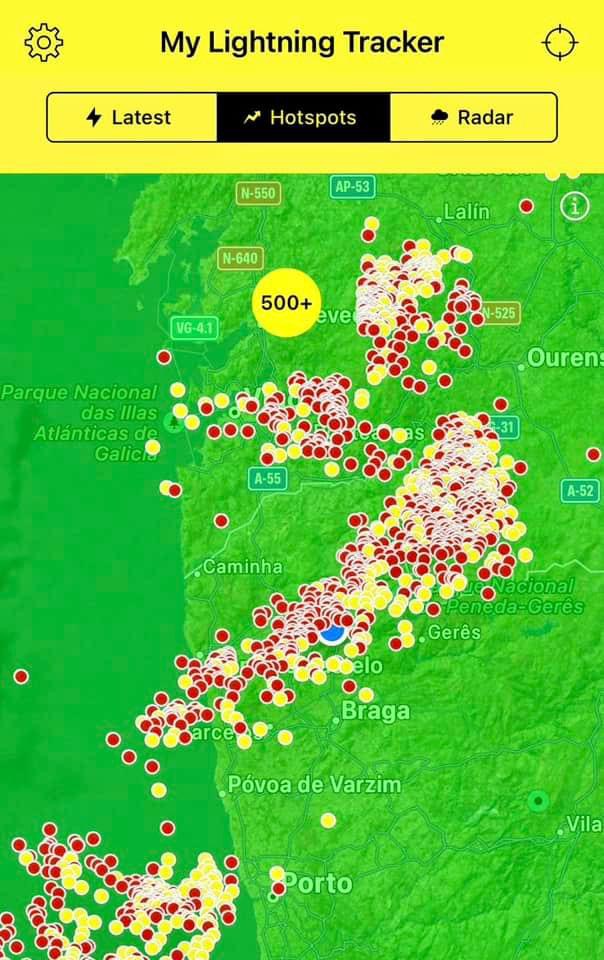
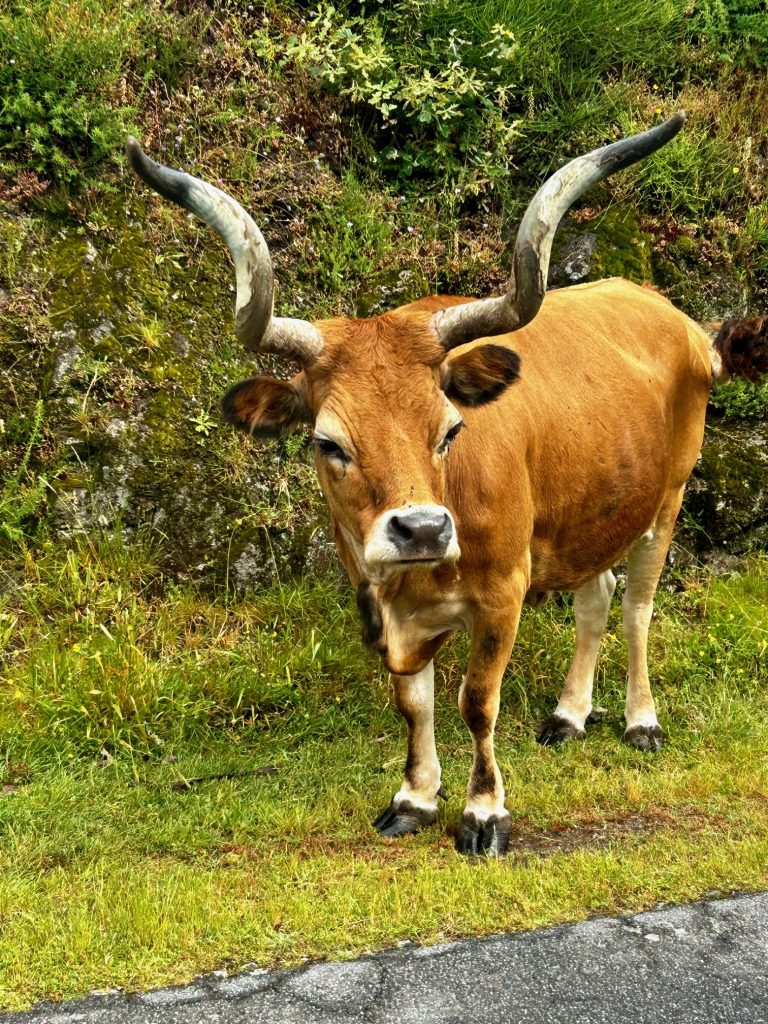
I was going to end this particular post talking about Vanya’s navigation skills and how what should have been two relatively short drives from our hotel to first Pont de Lima and then Braga became 50 mile excursions up, over and around some of the hills surrounding Cotto do Gatto (in sometimes horrendous weather conditions) but; instead, I’ll show you a photo of a local cow.
Thank you once again Hotel Cotto do Gatto. Vejo voce em breve!

